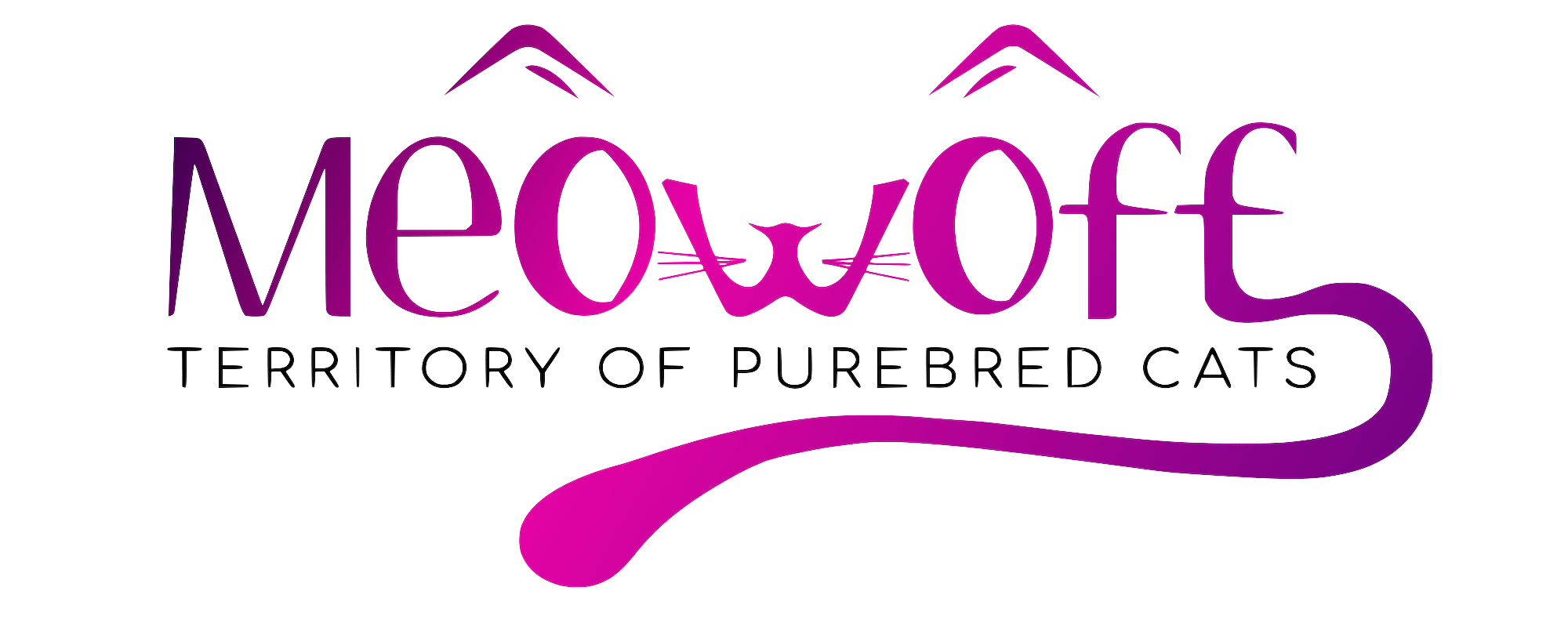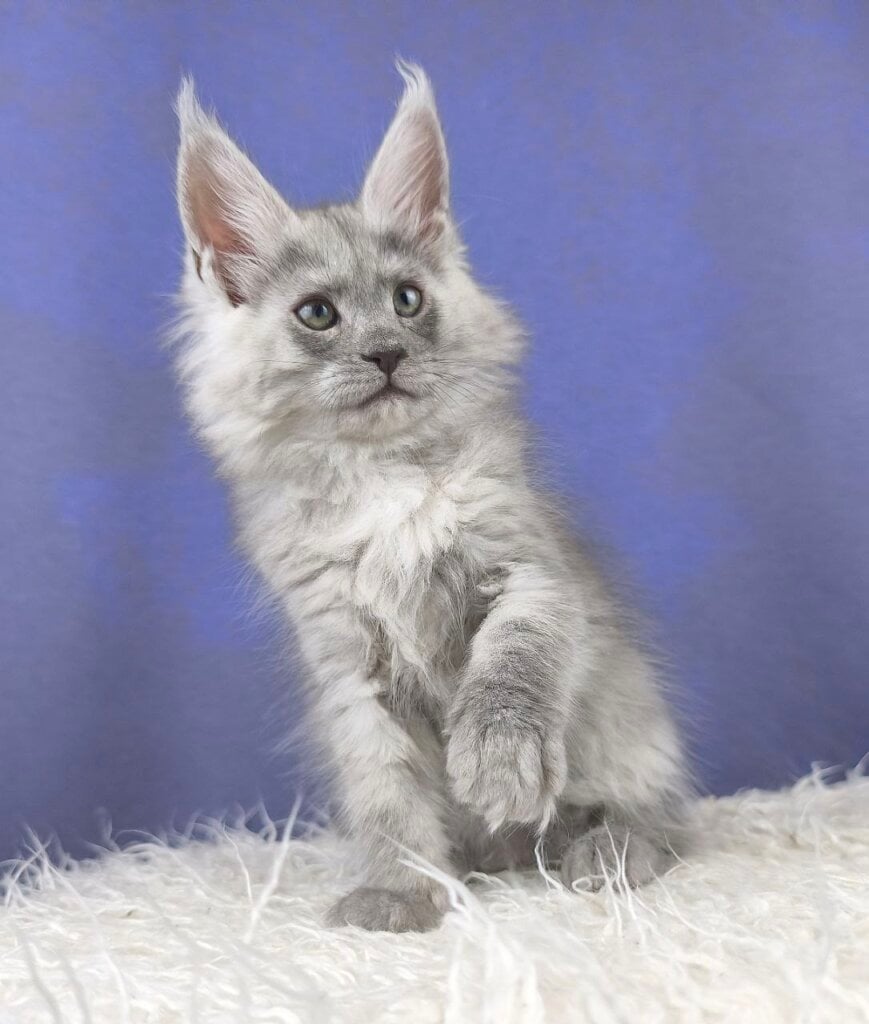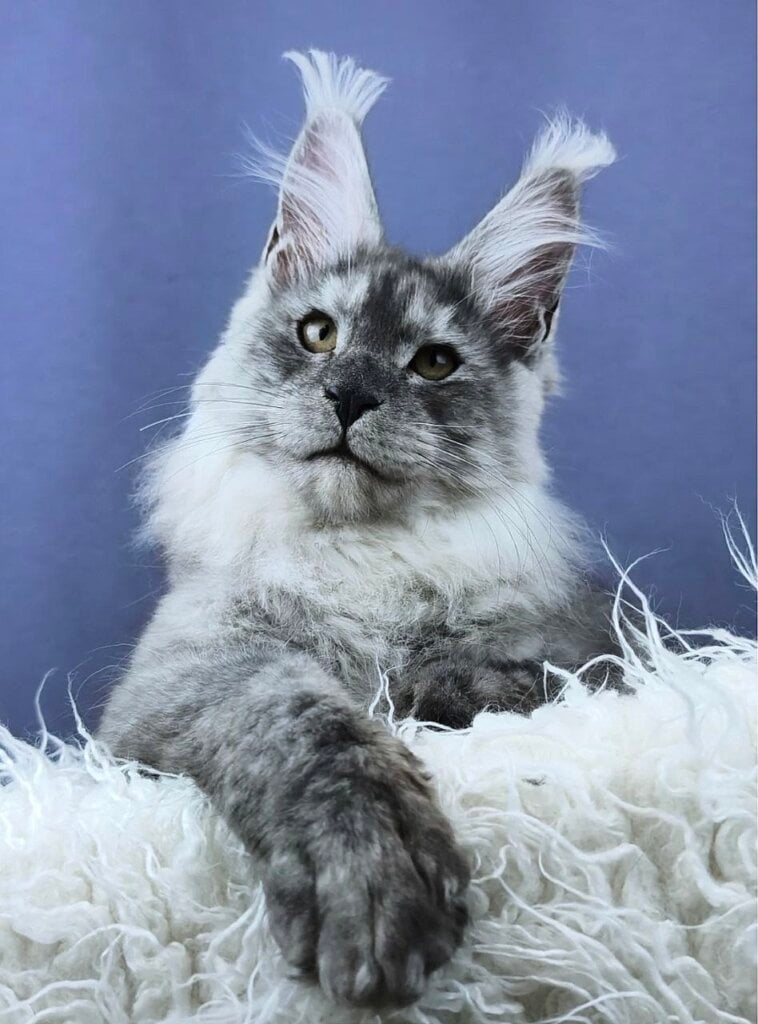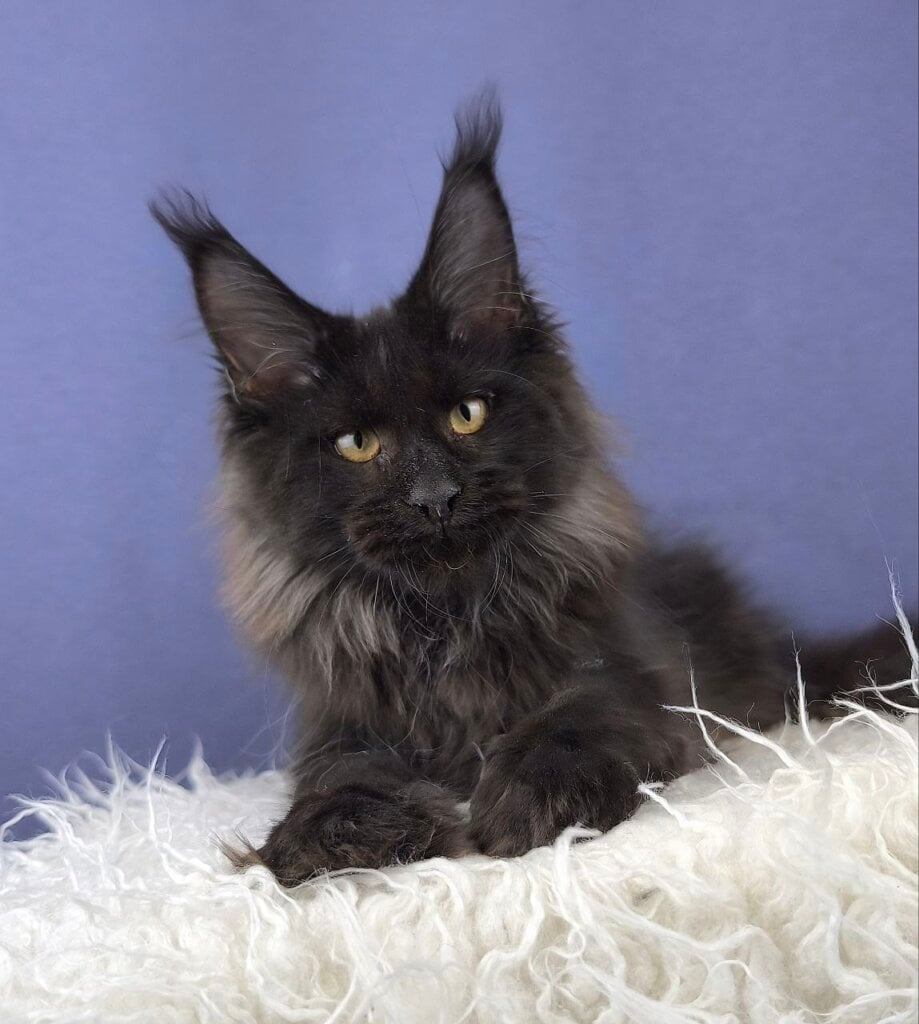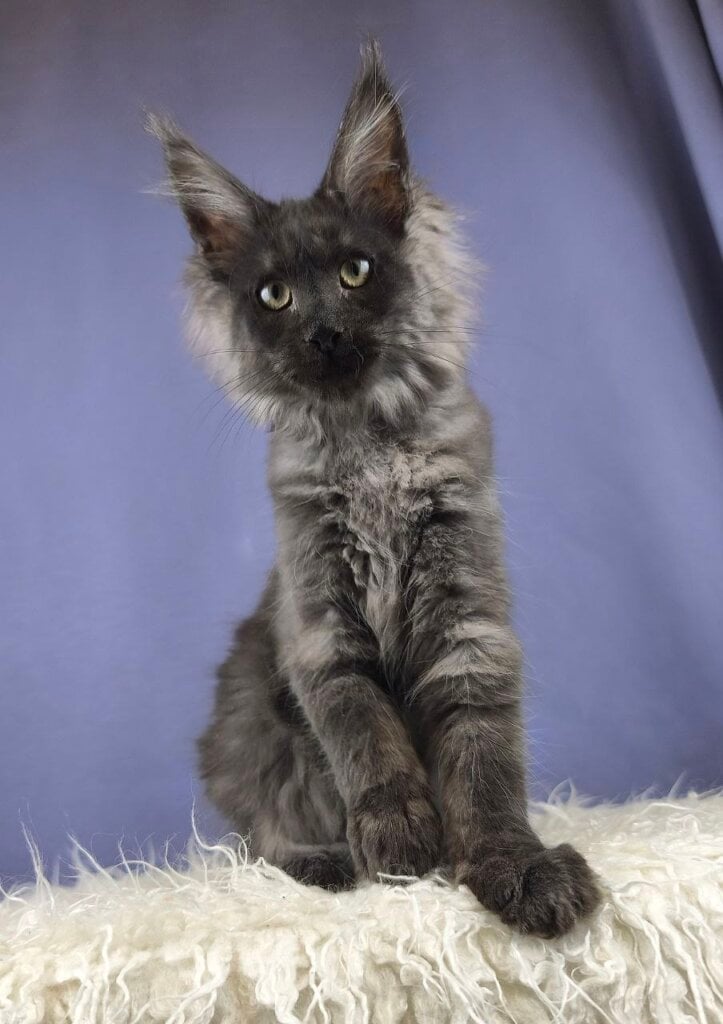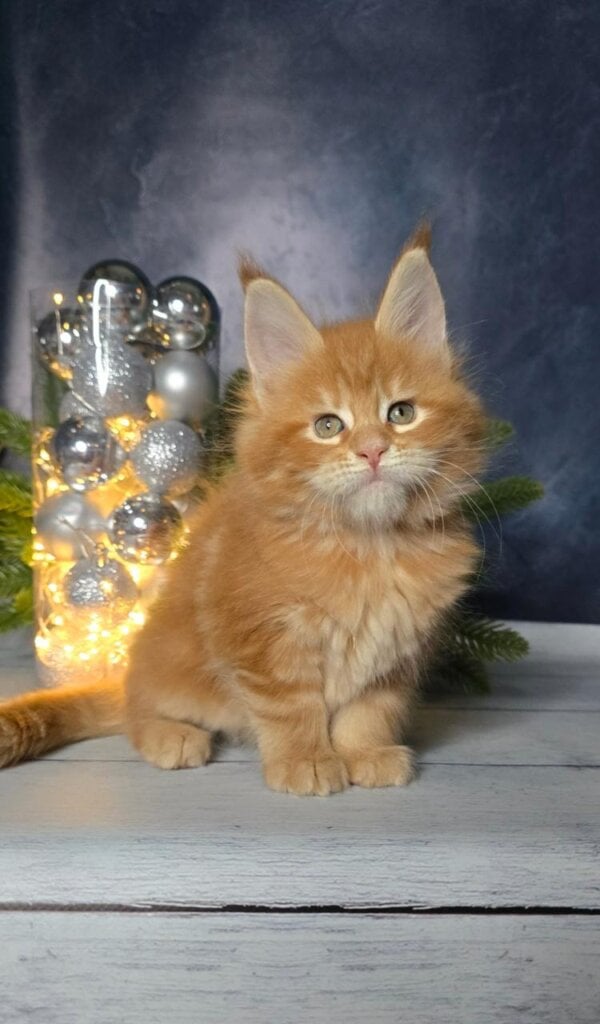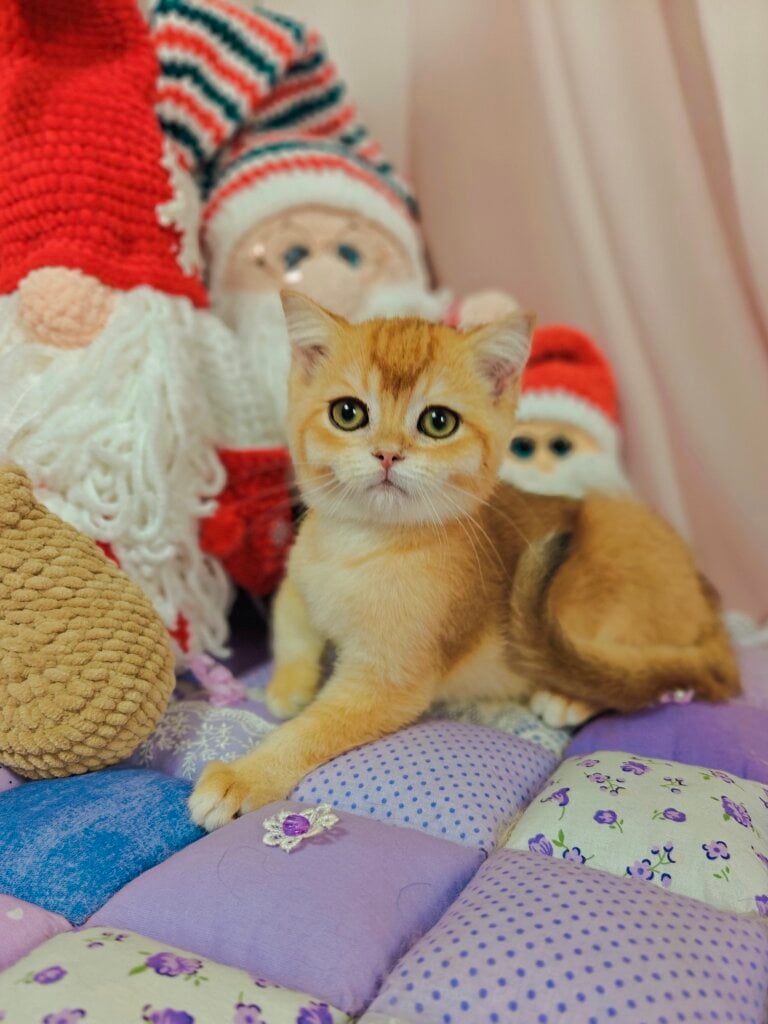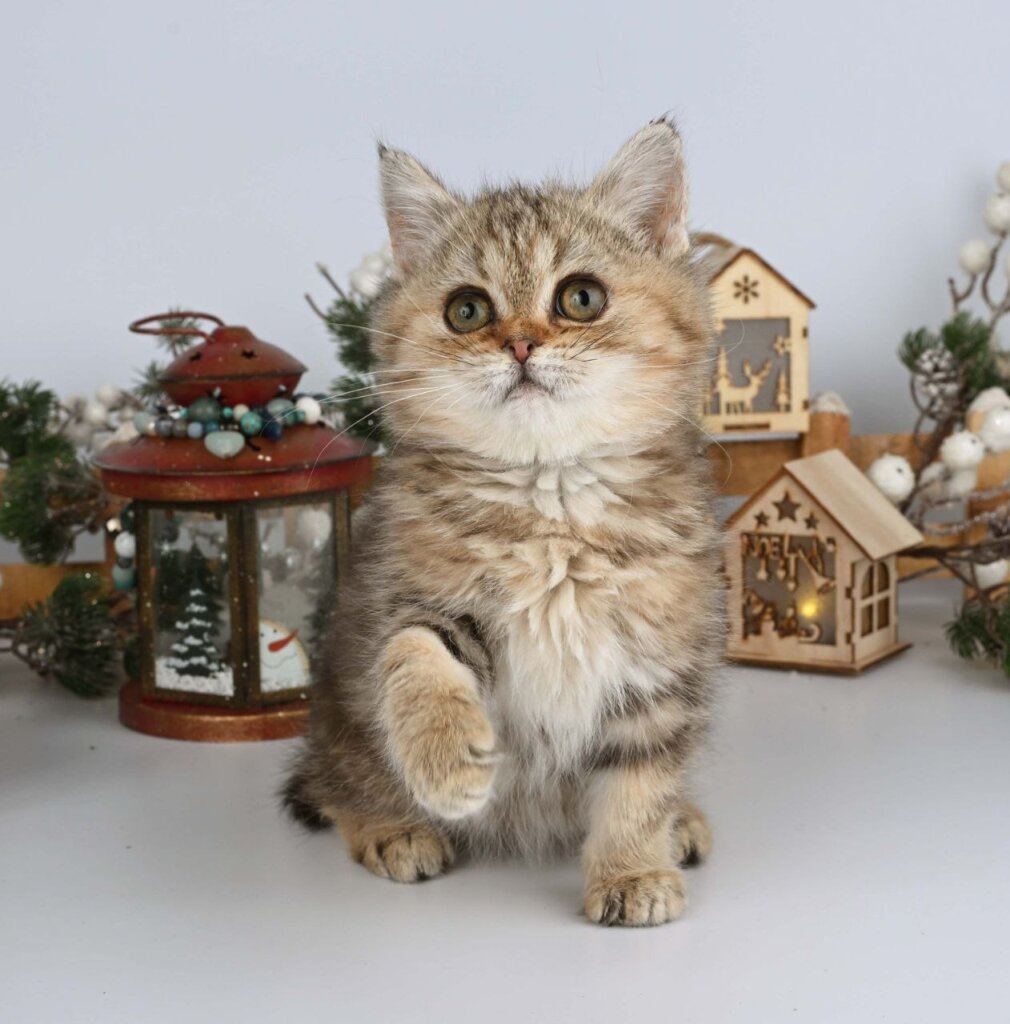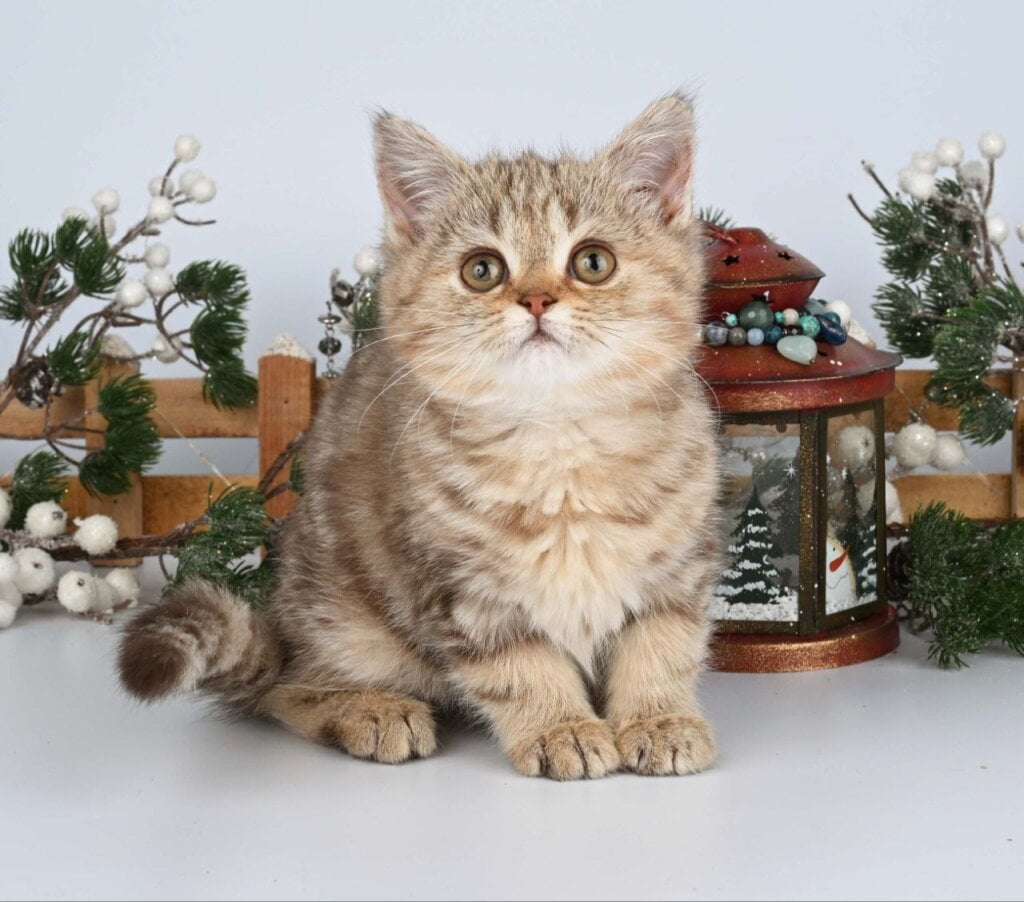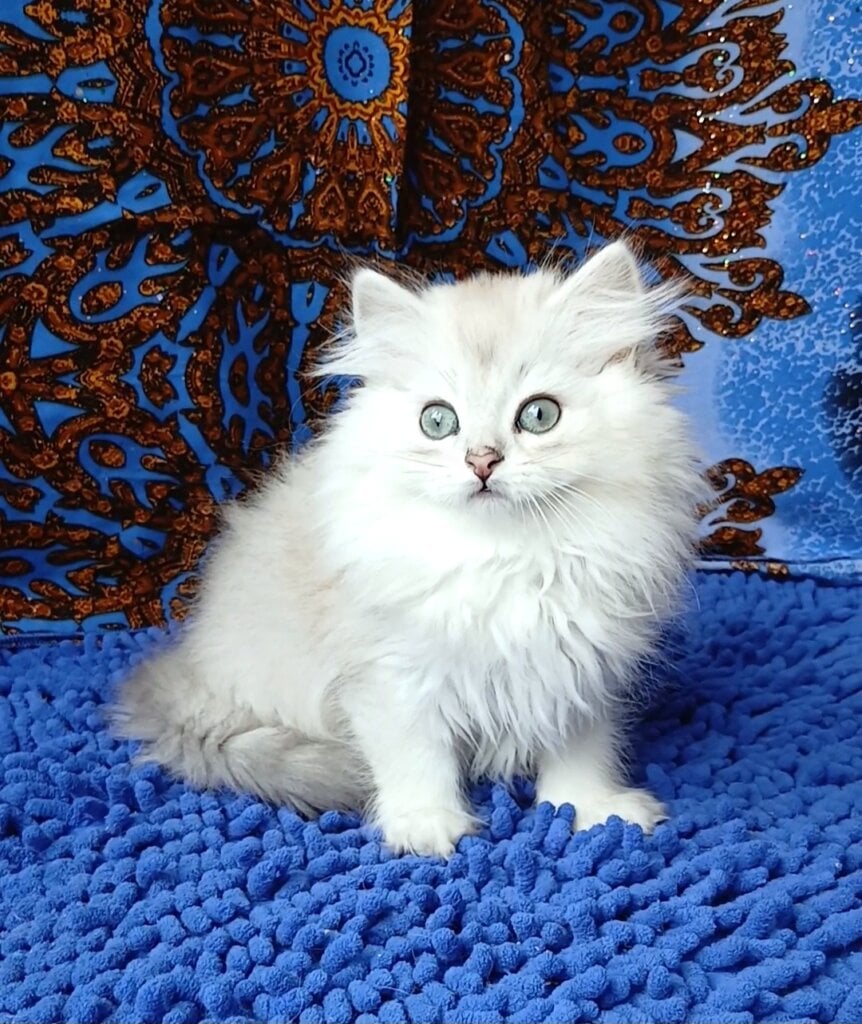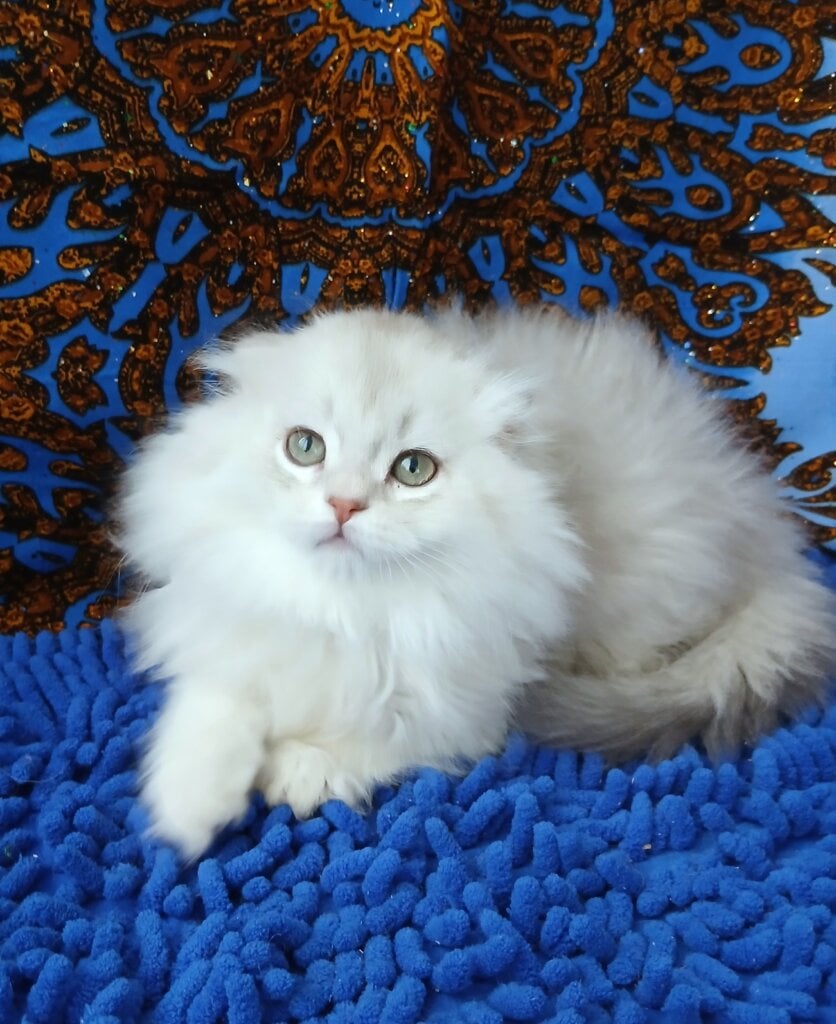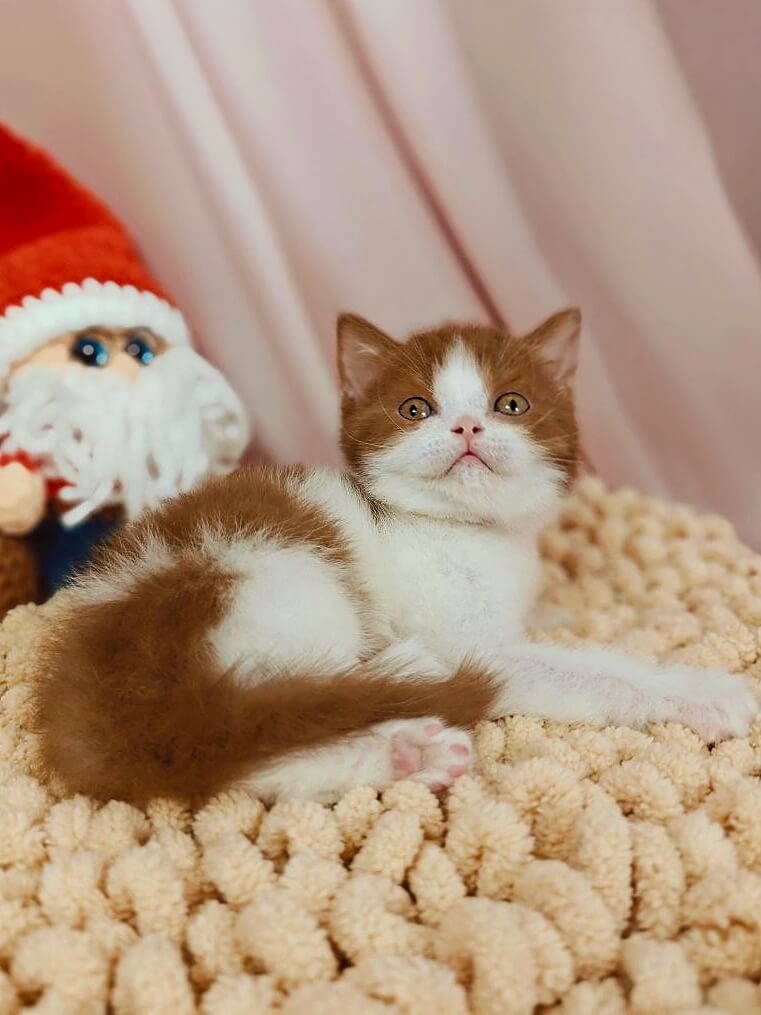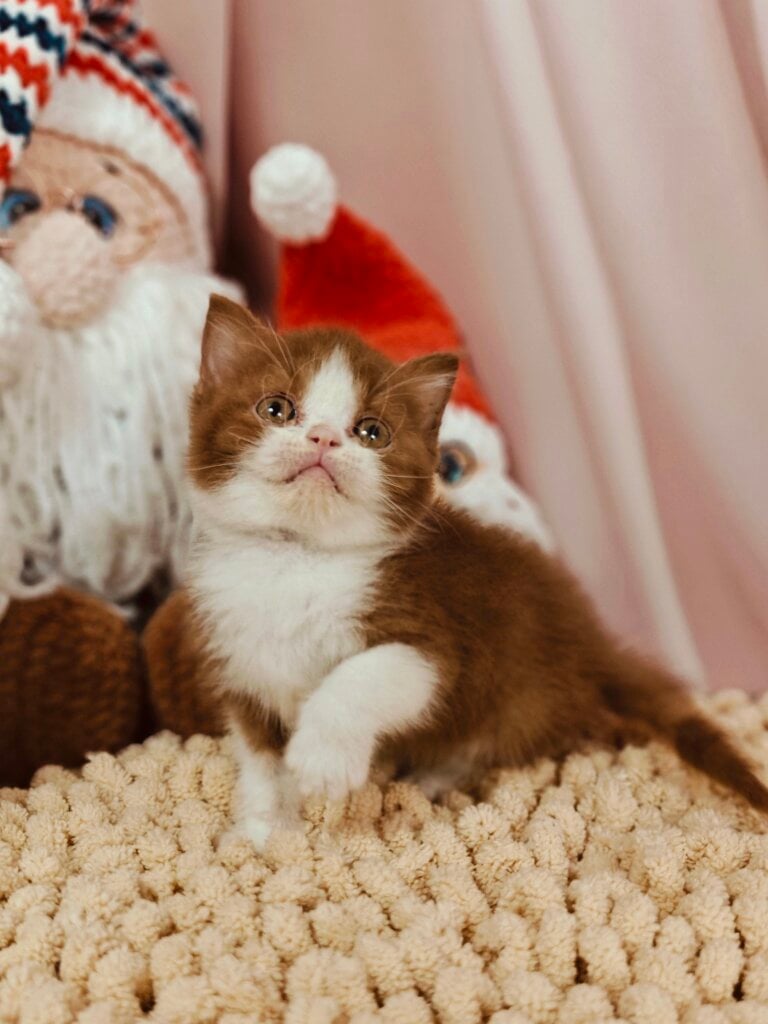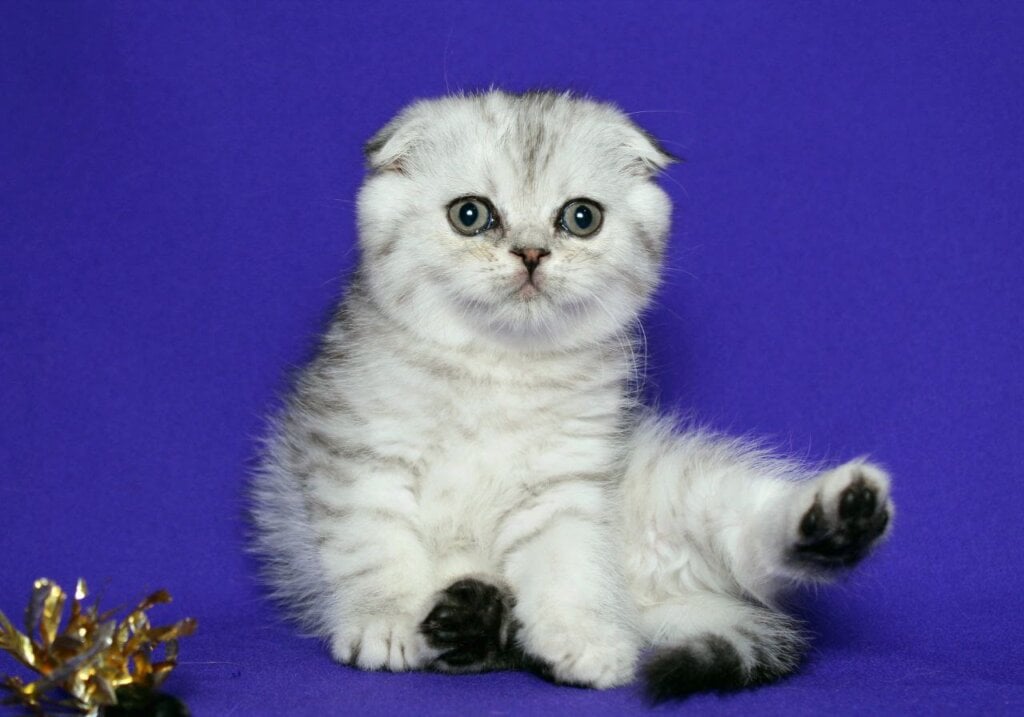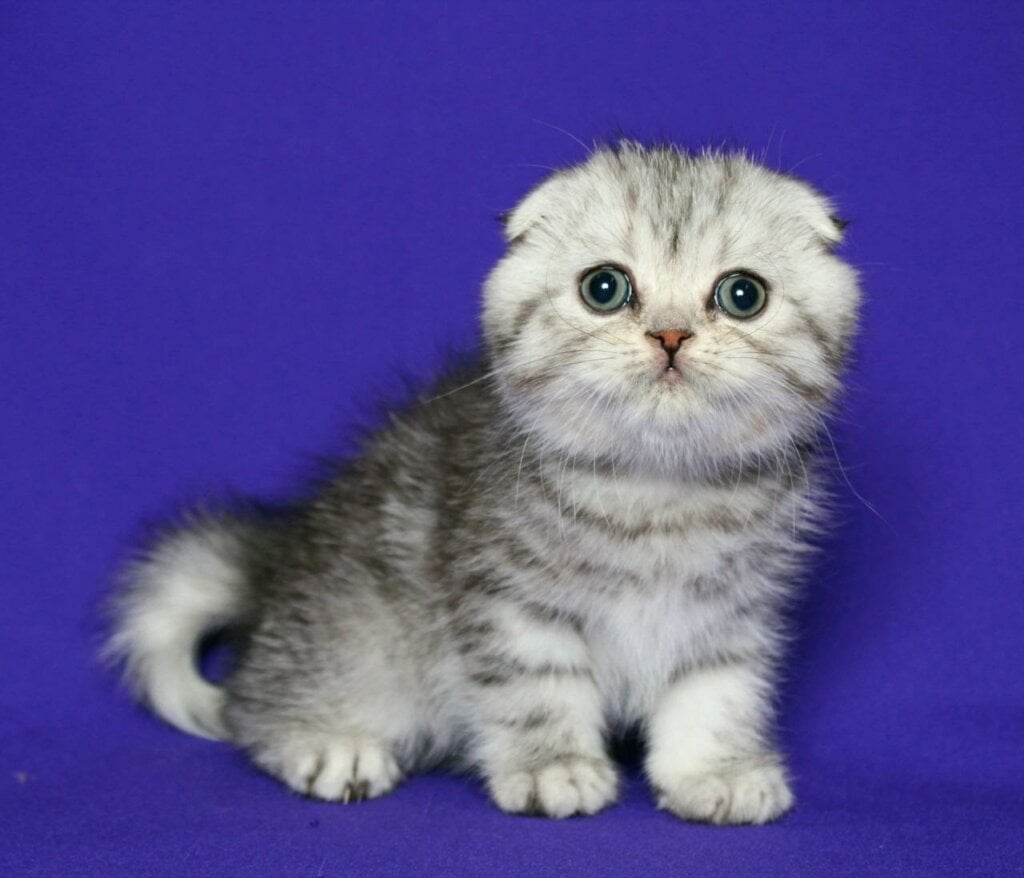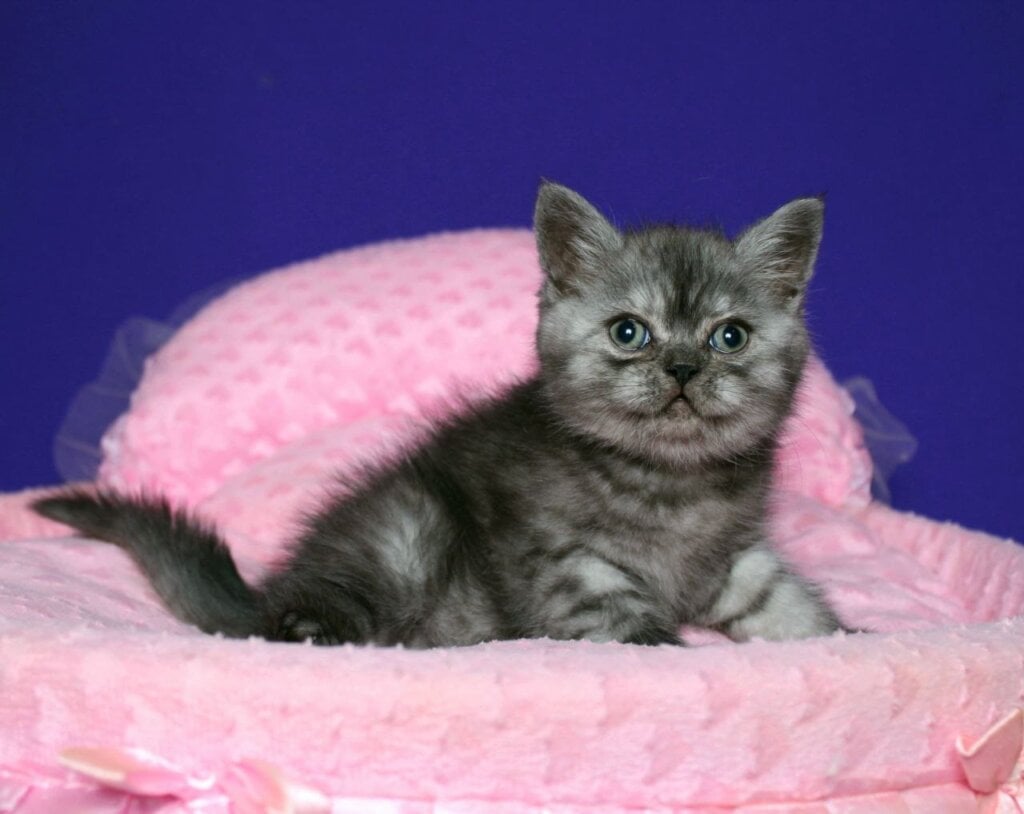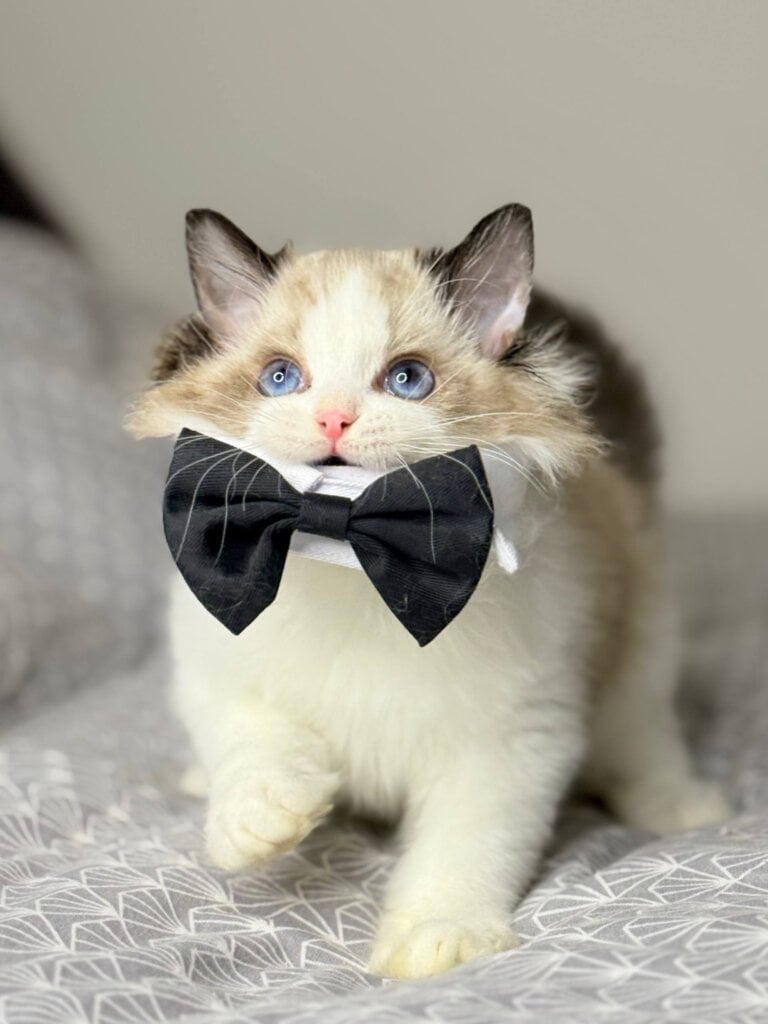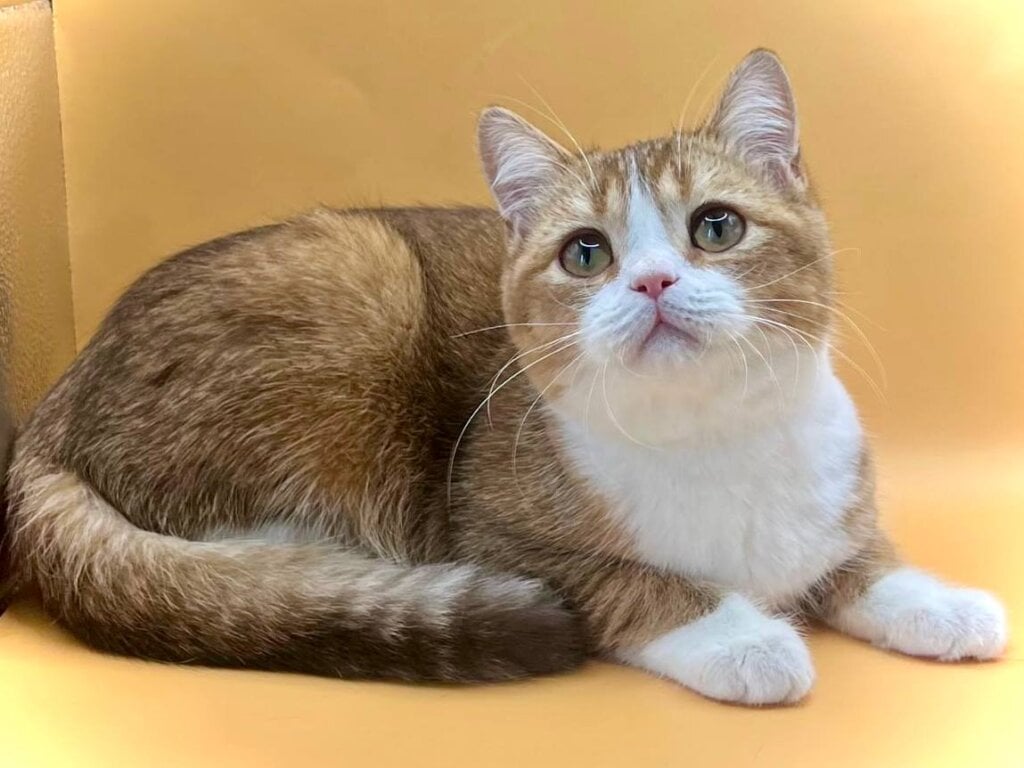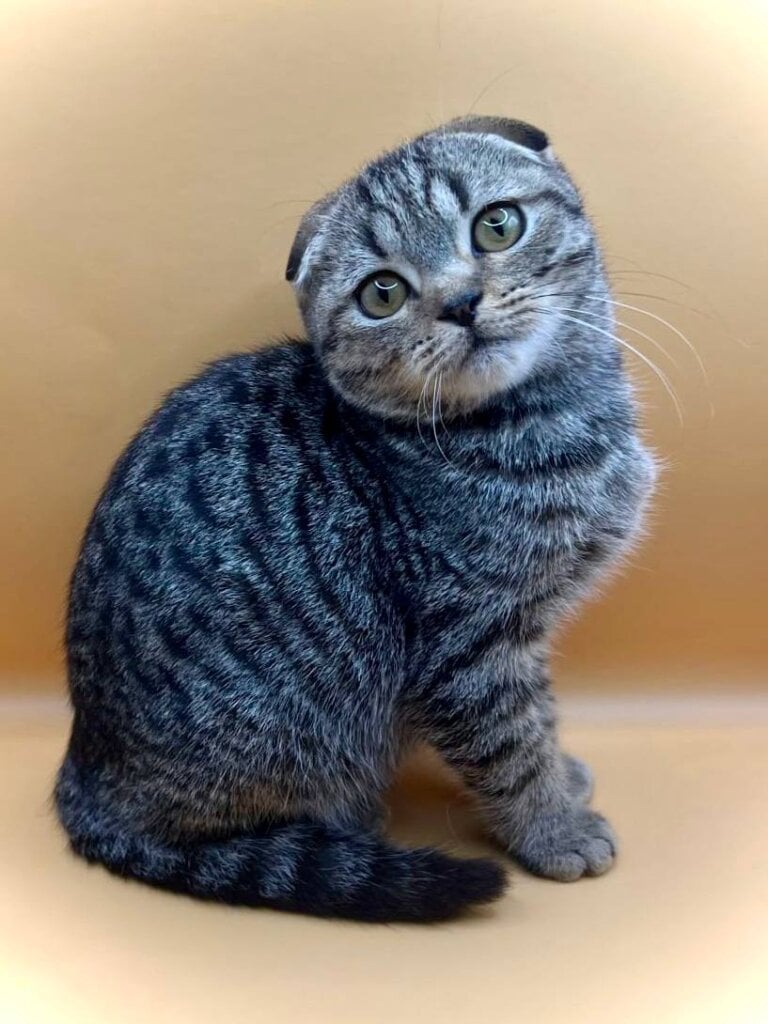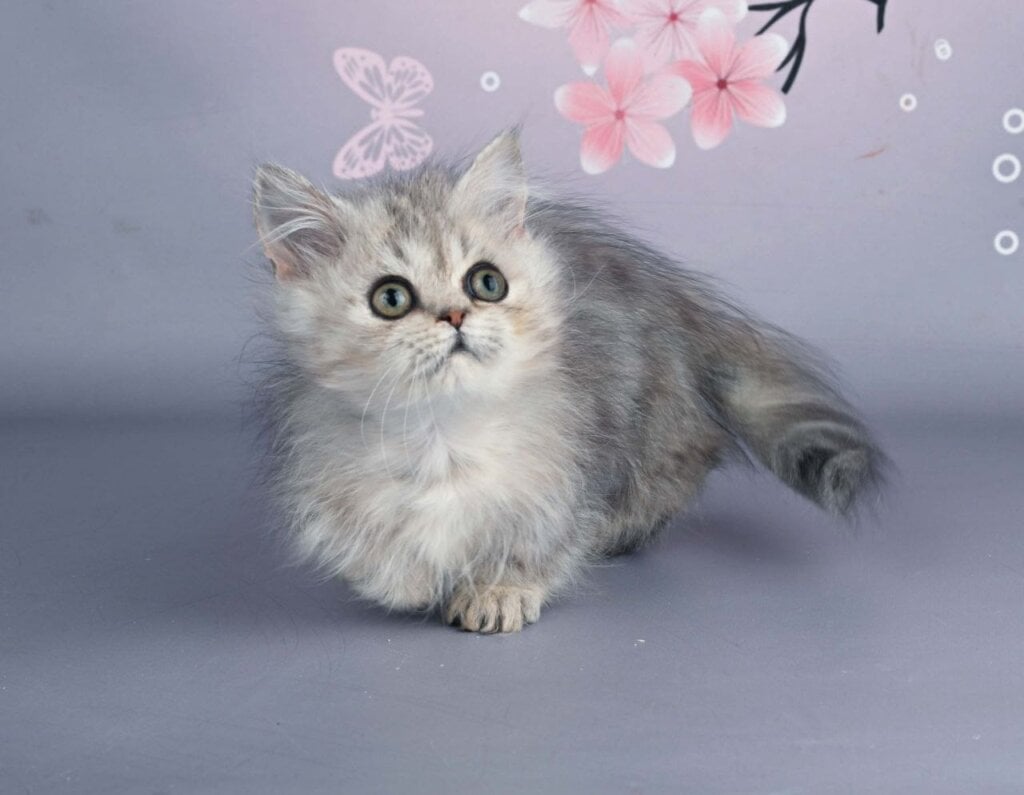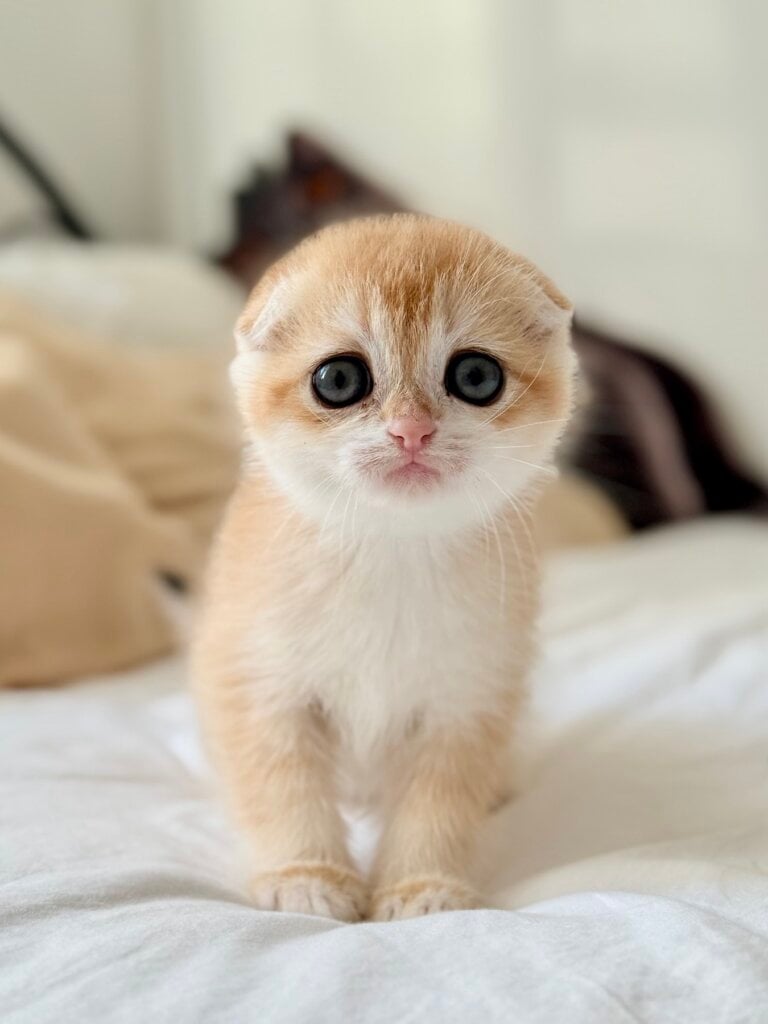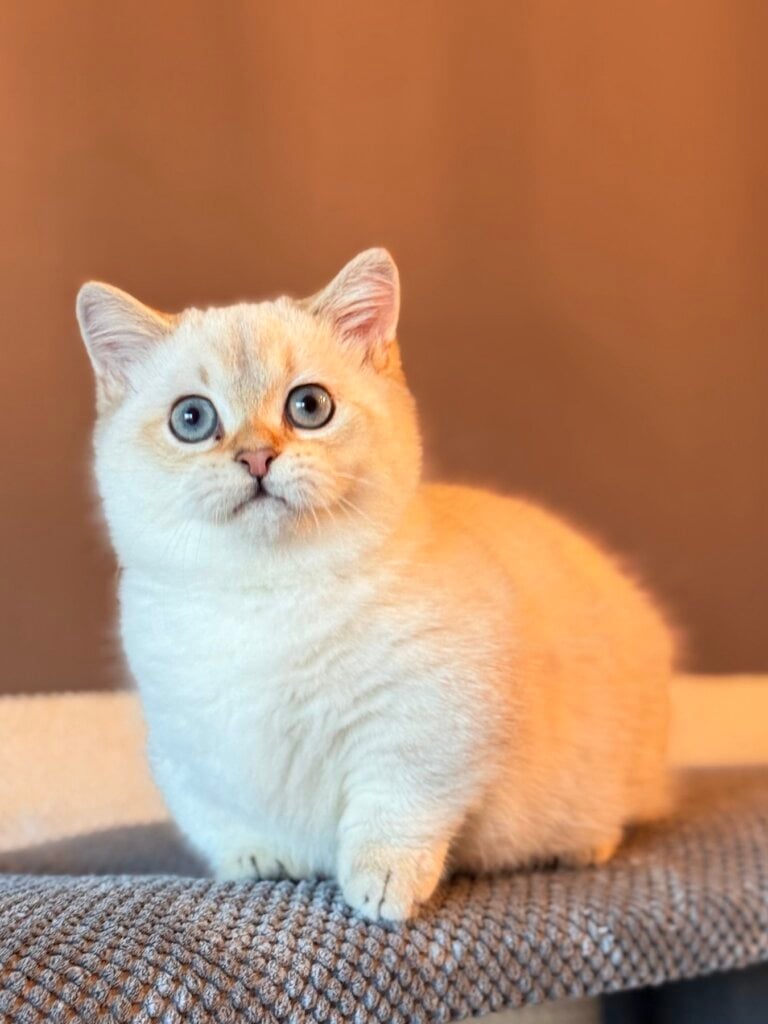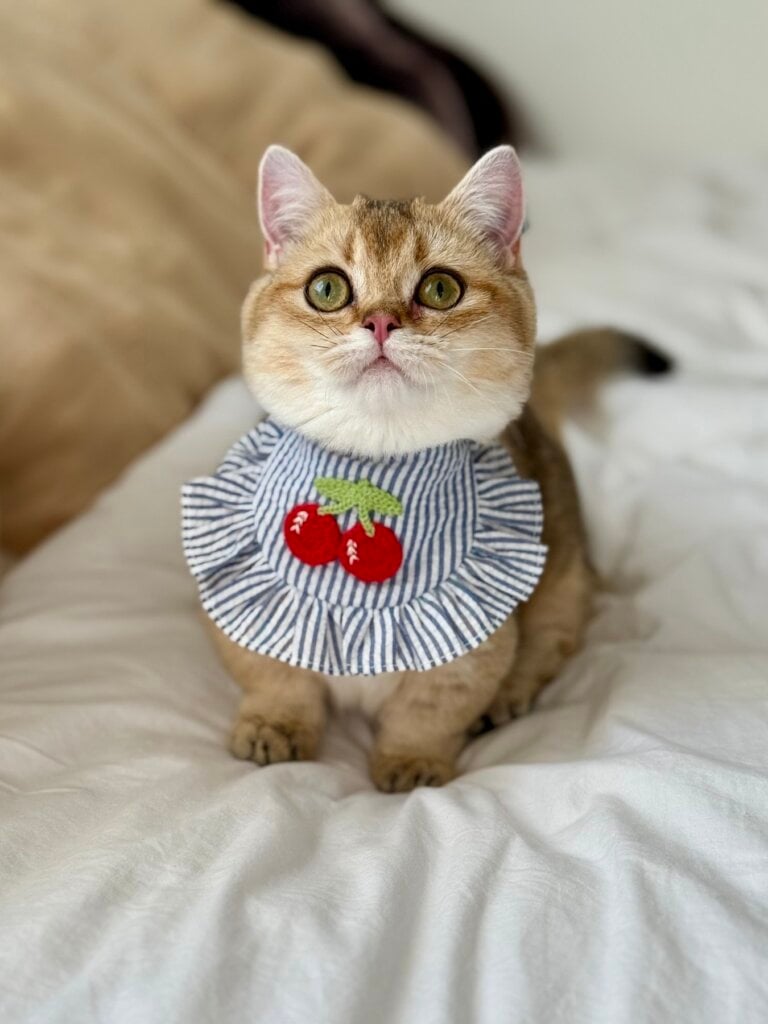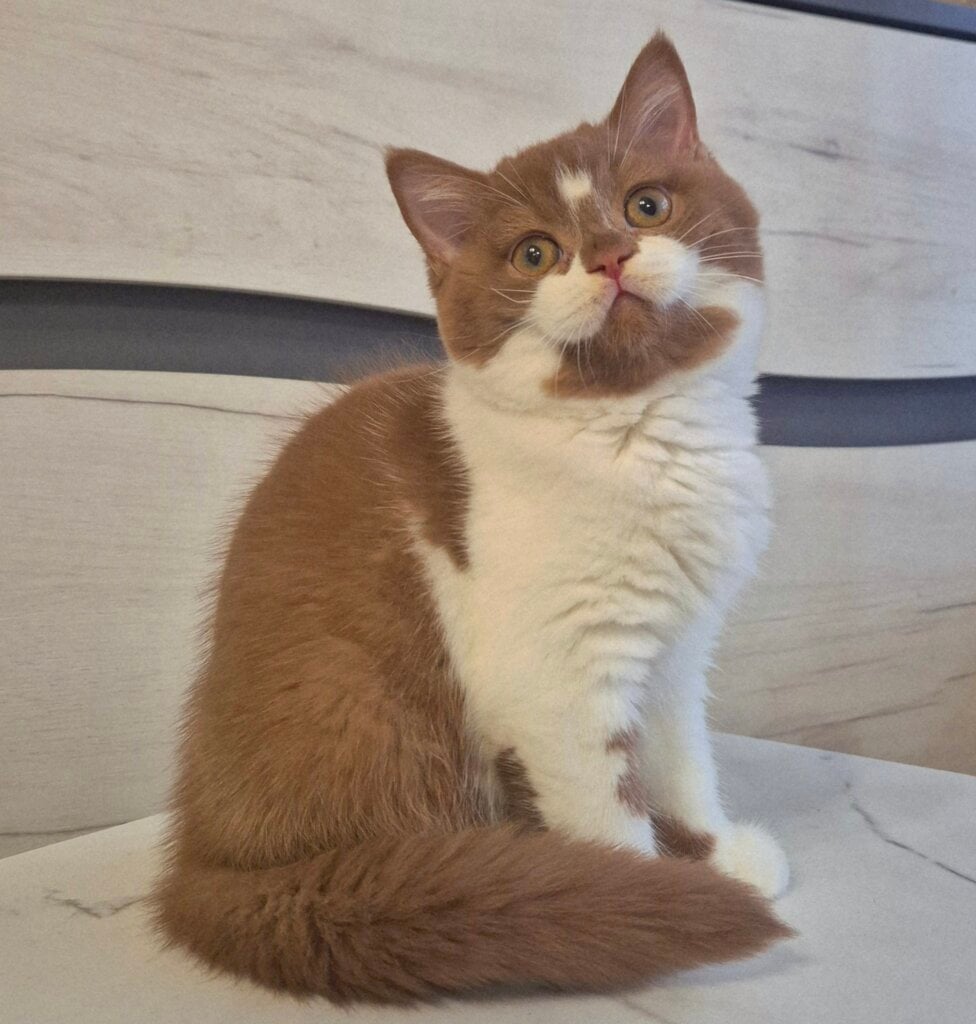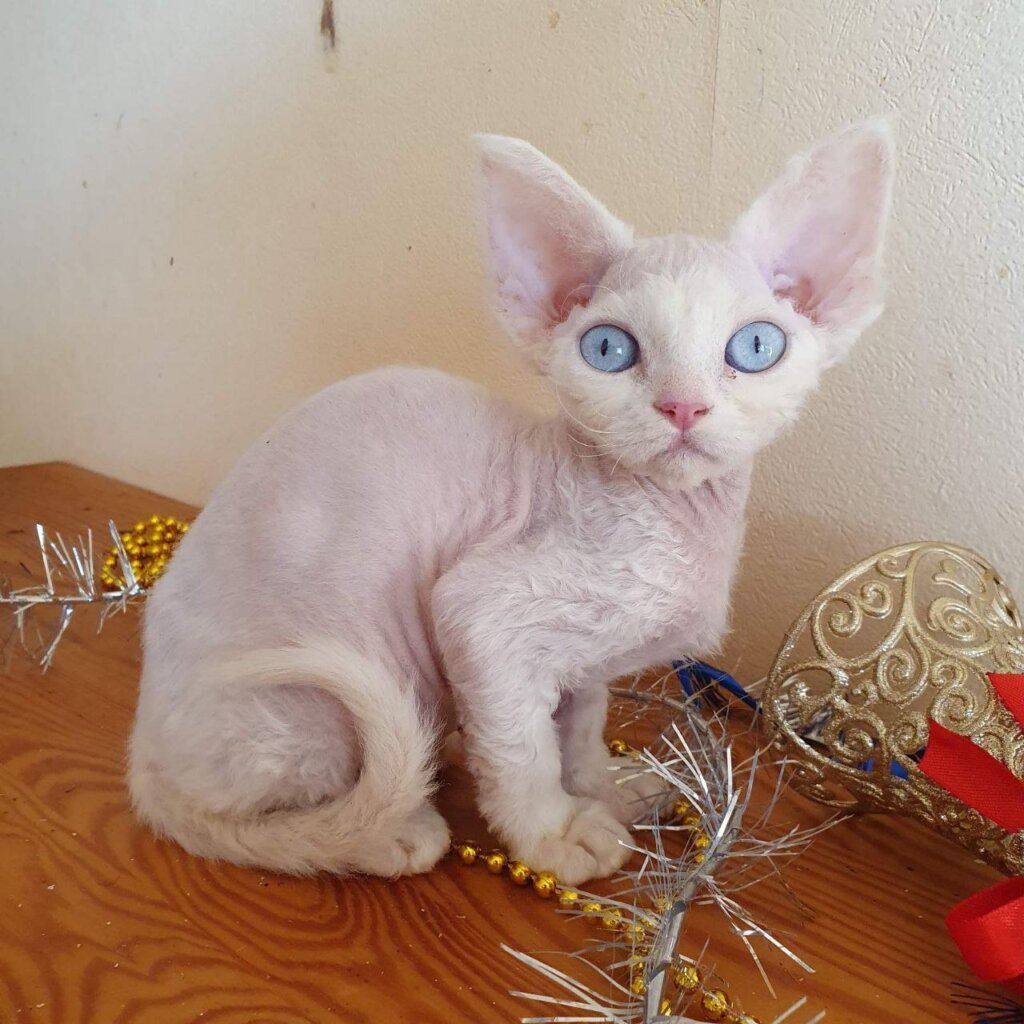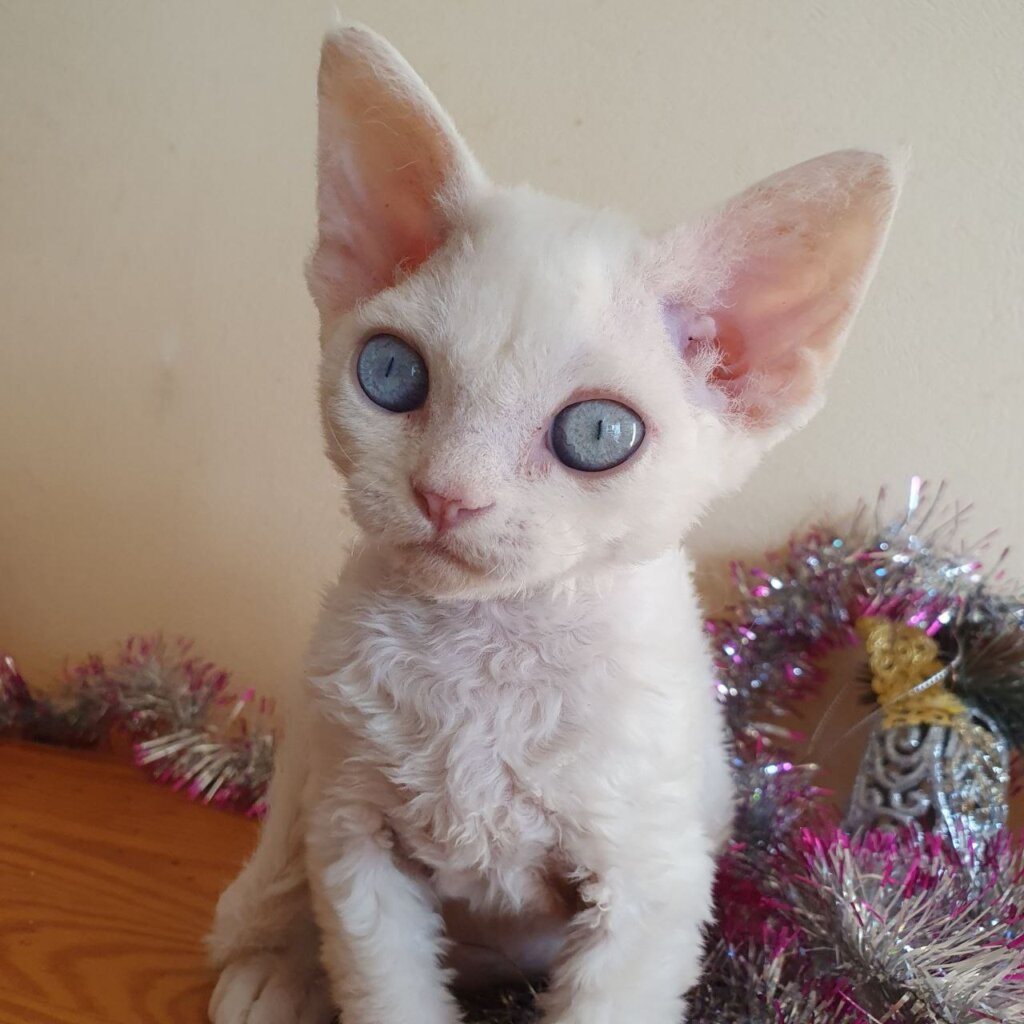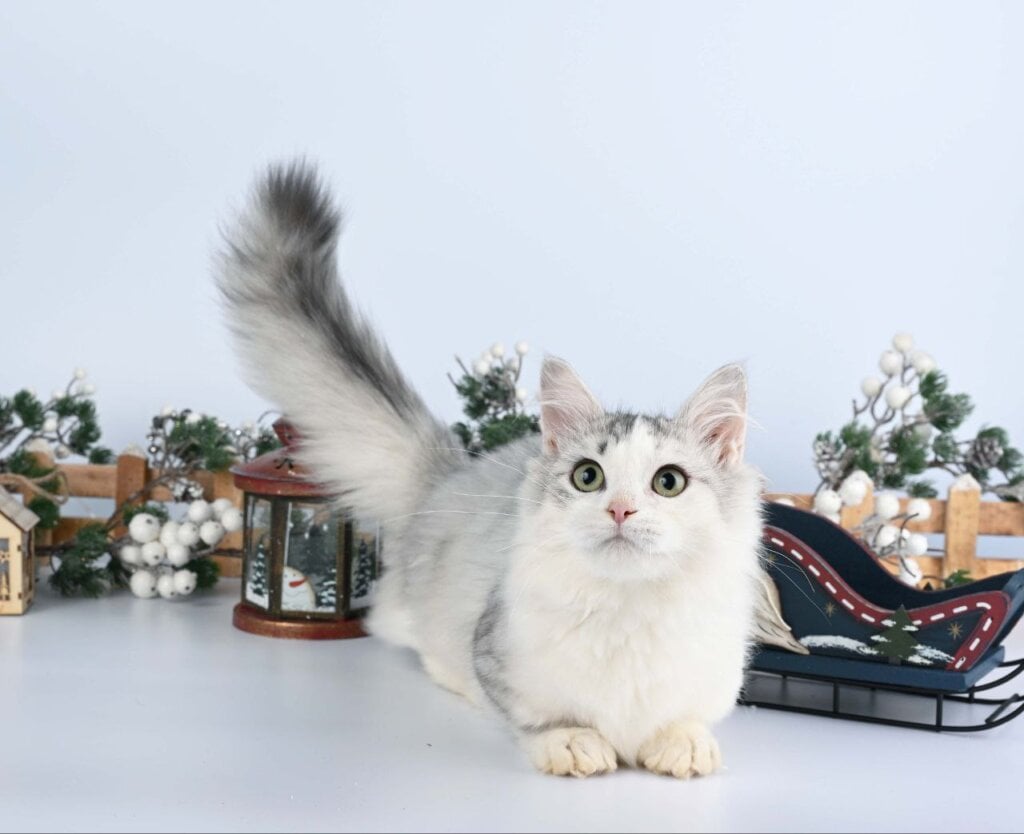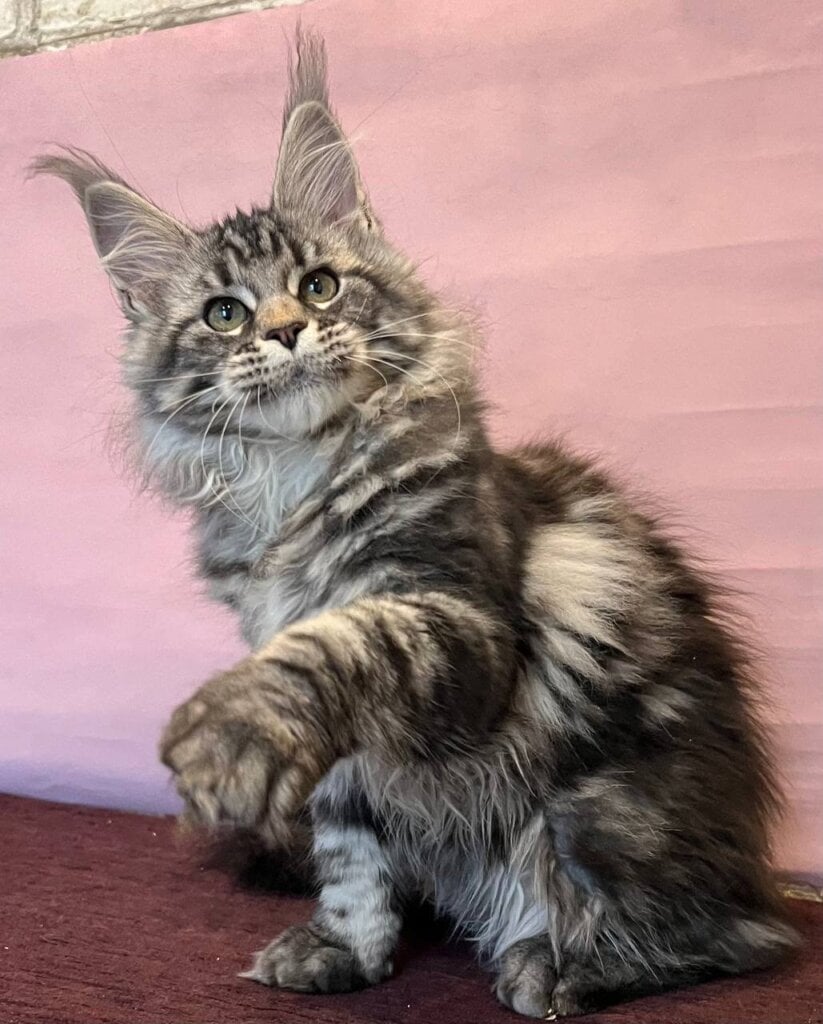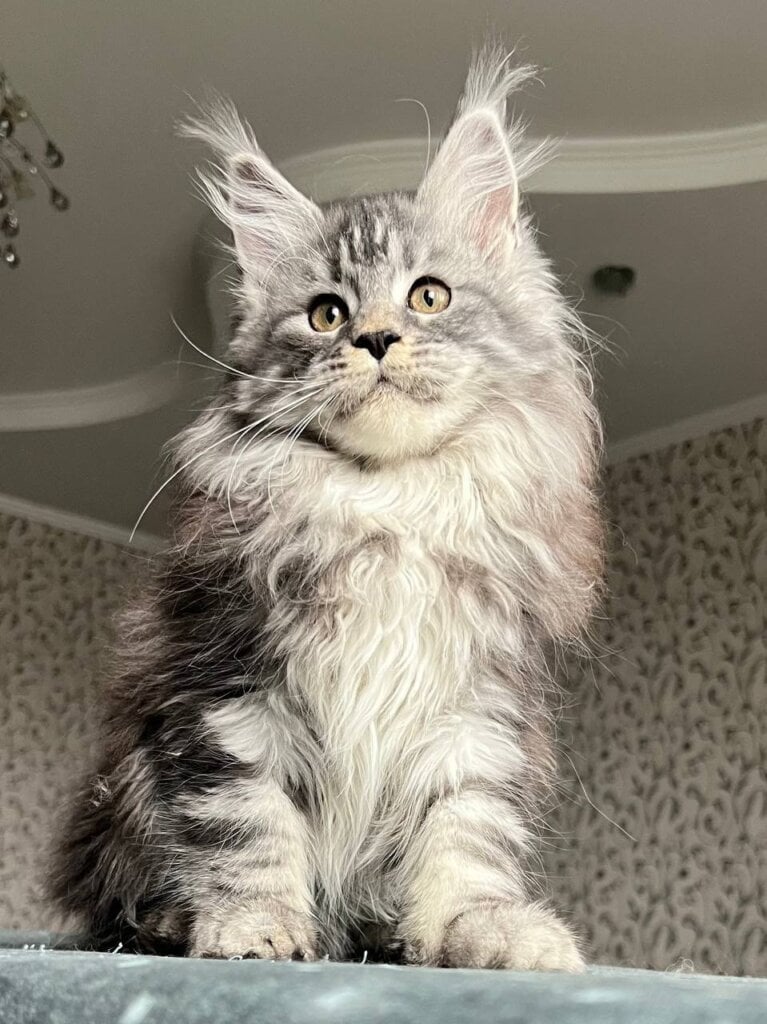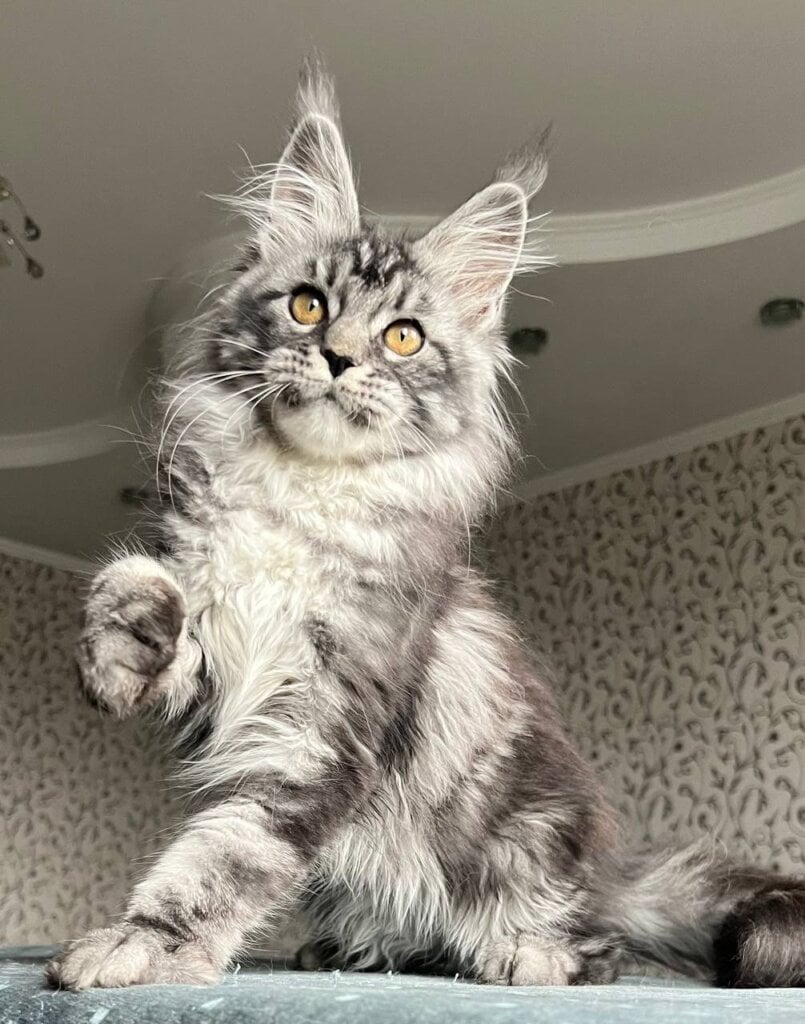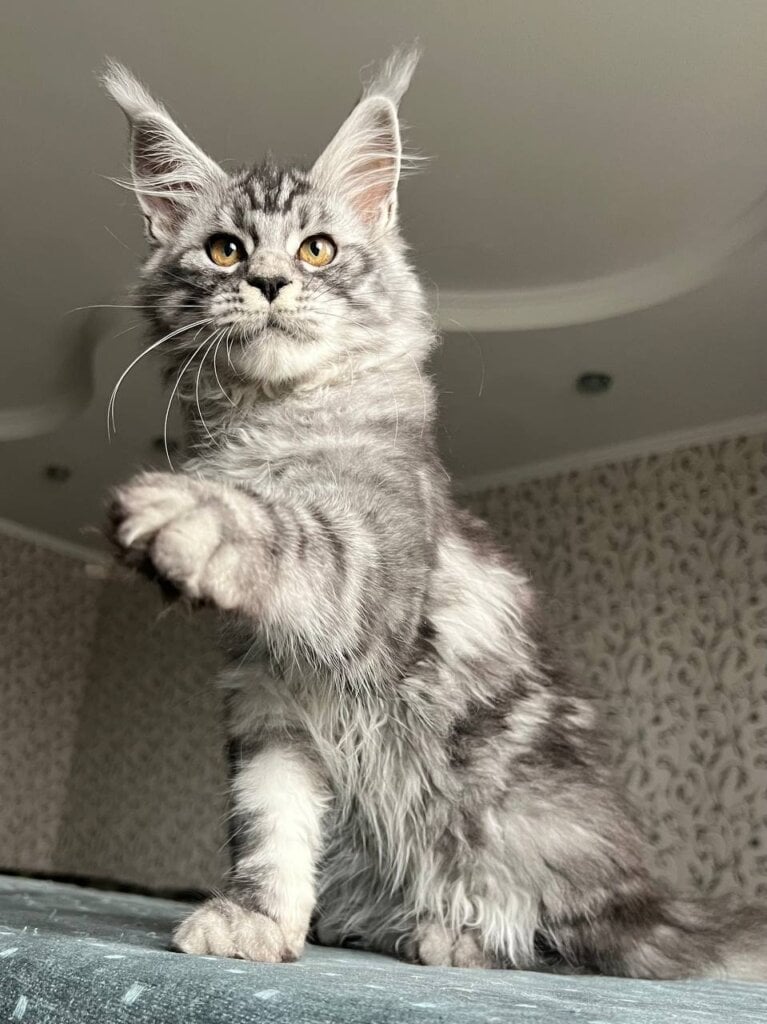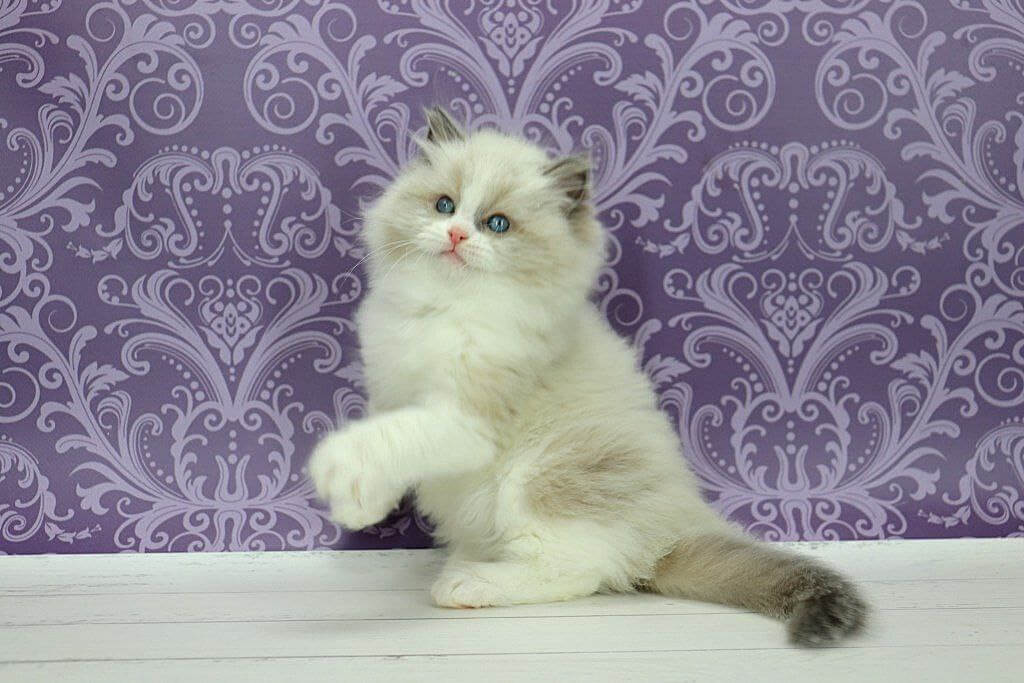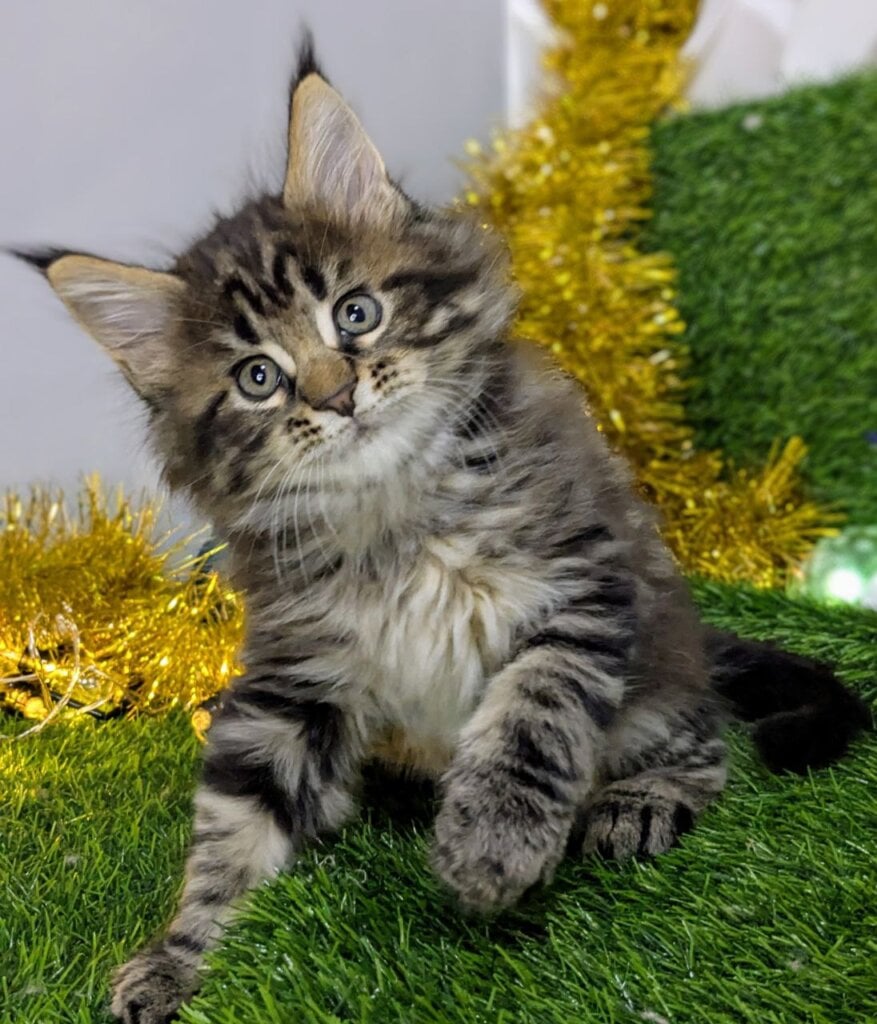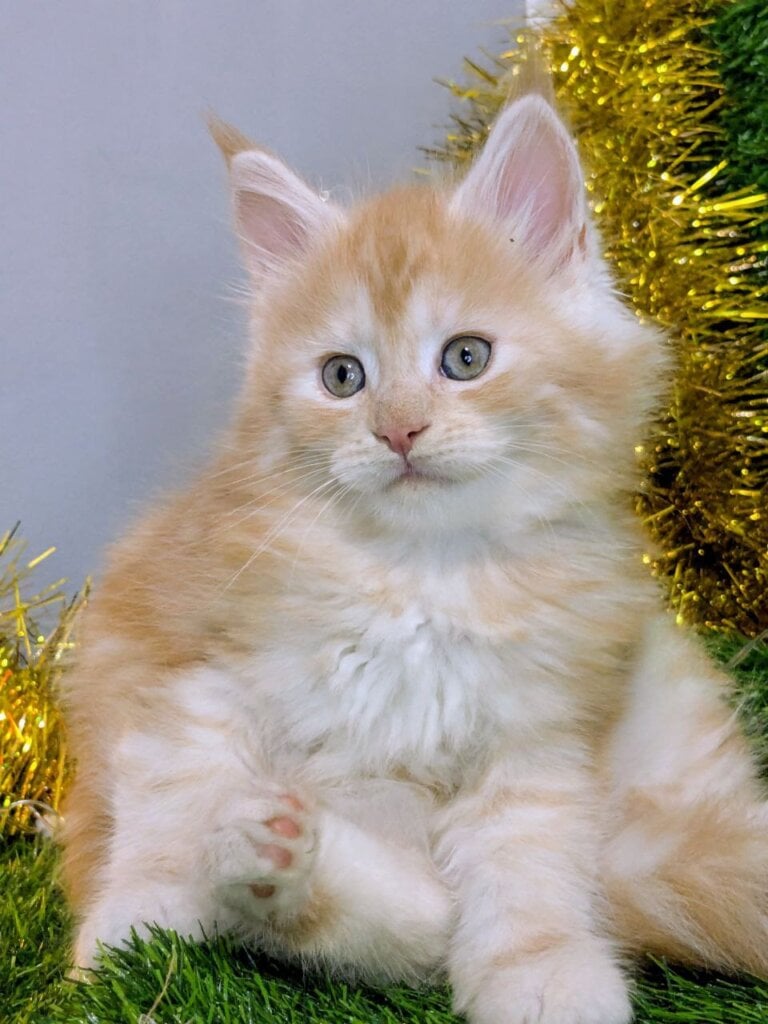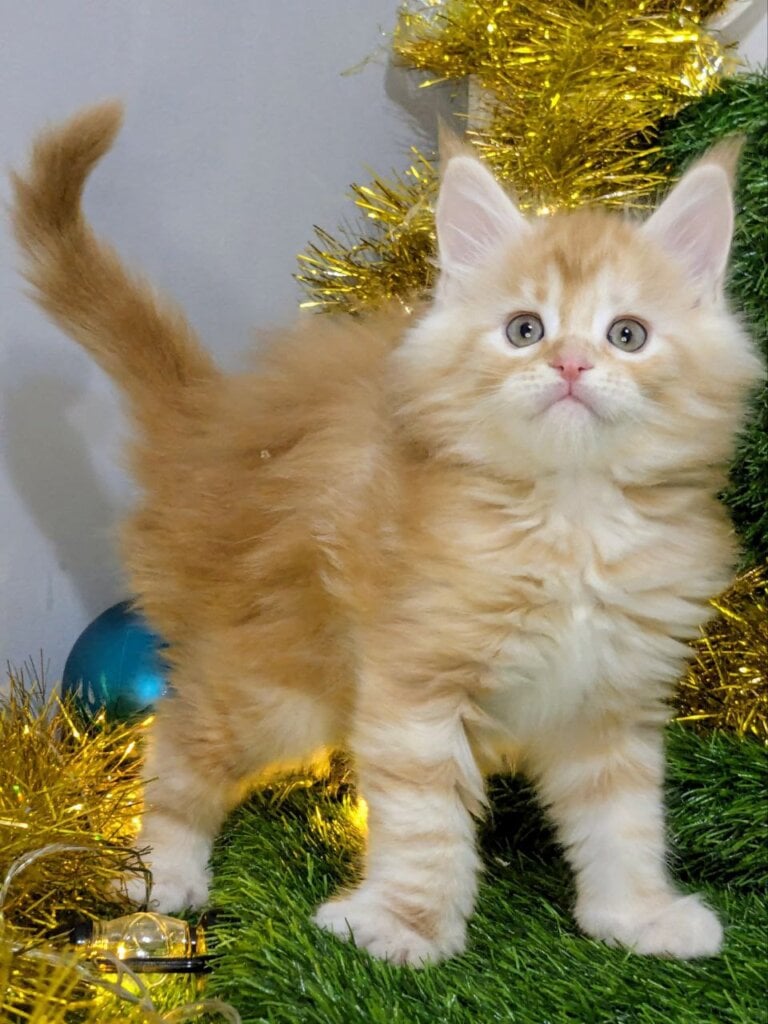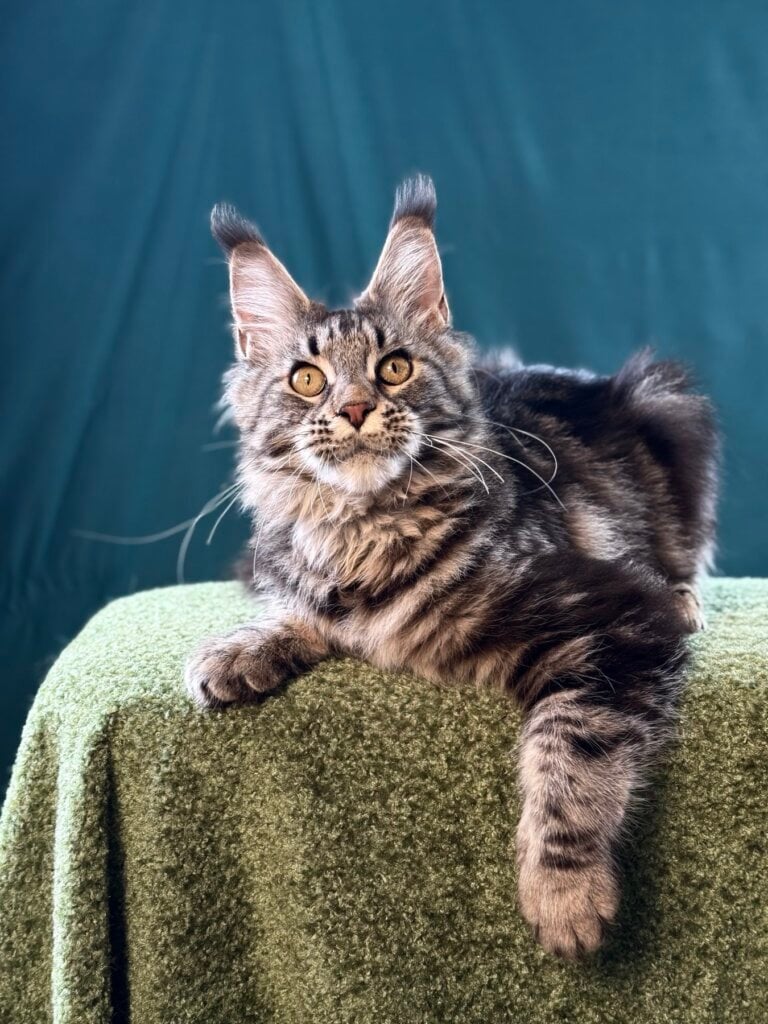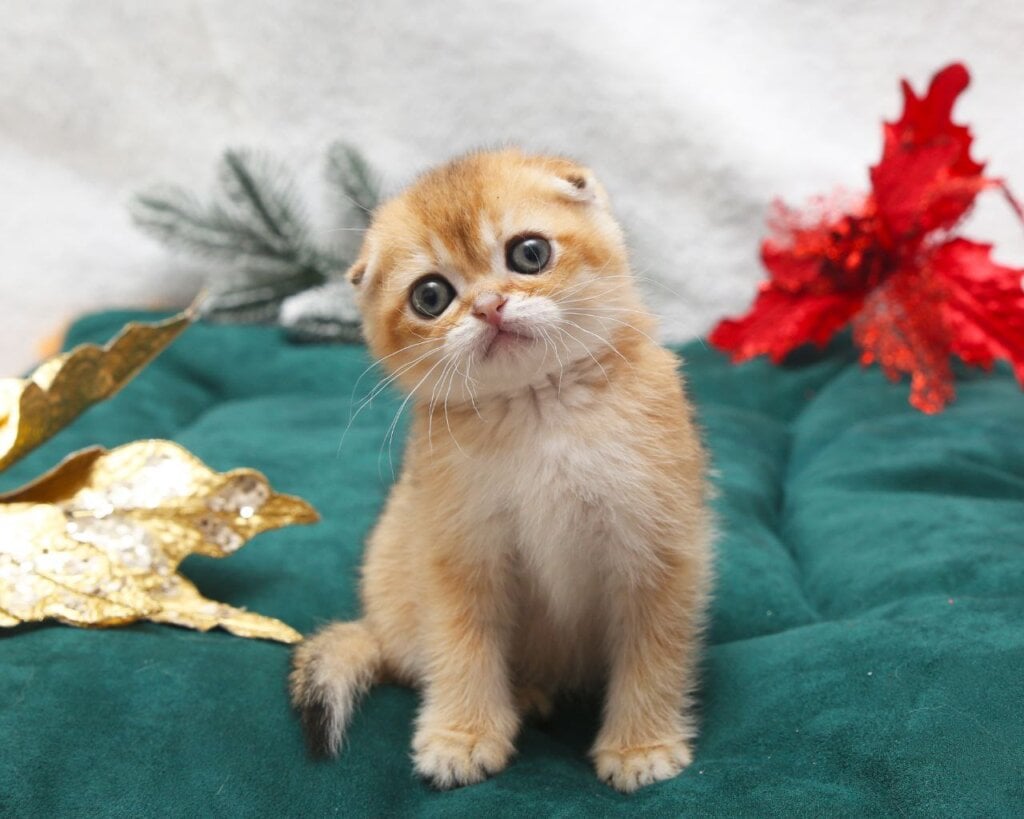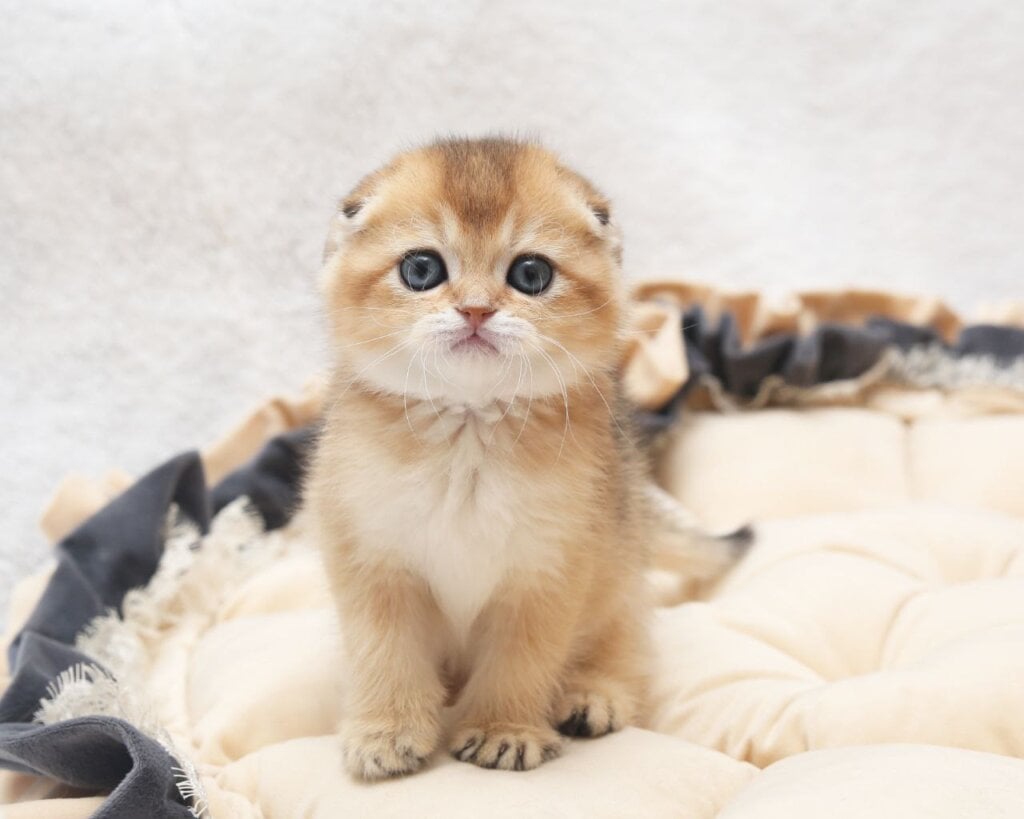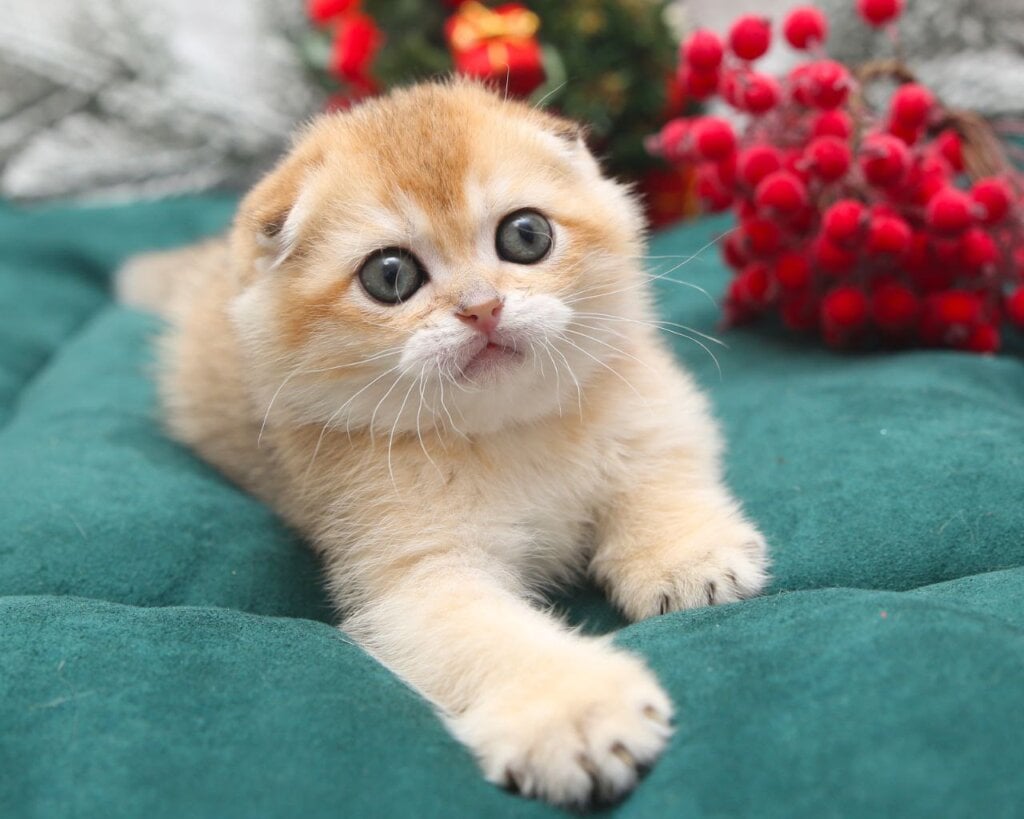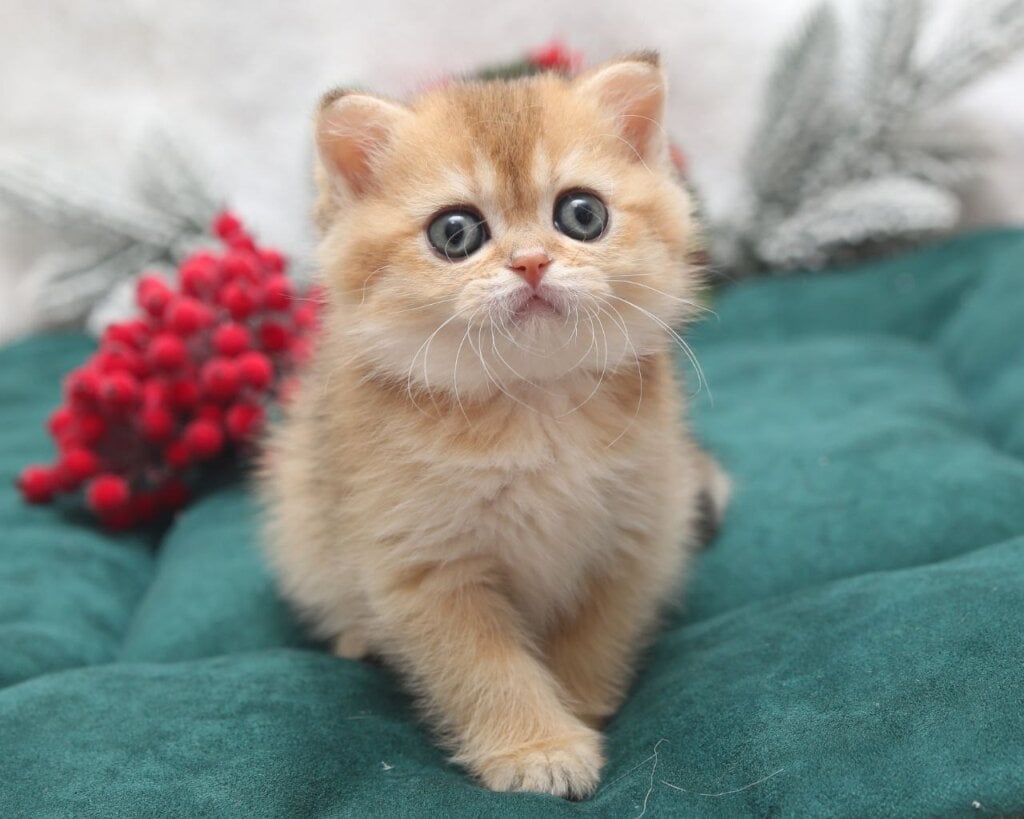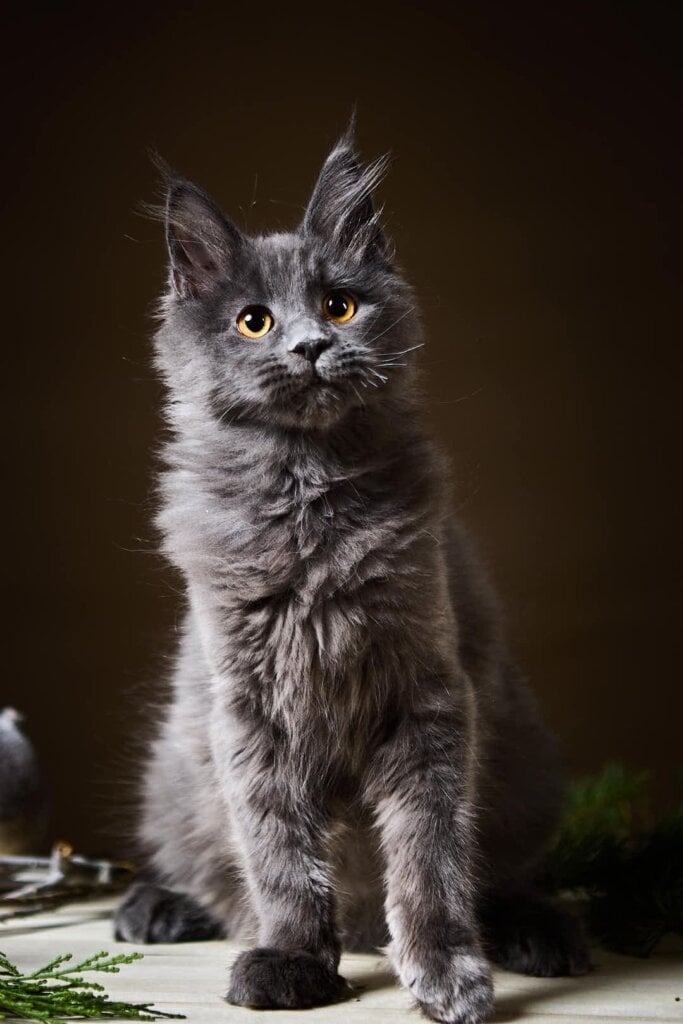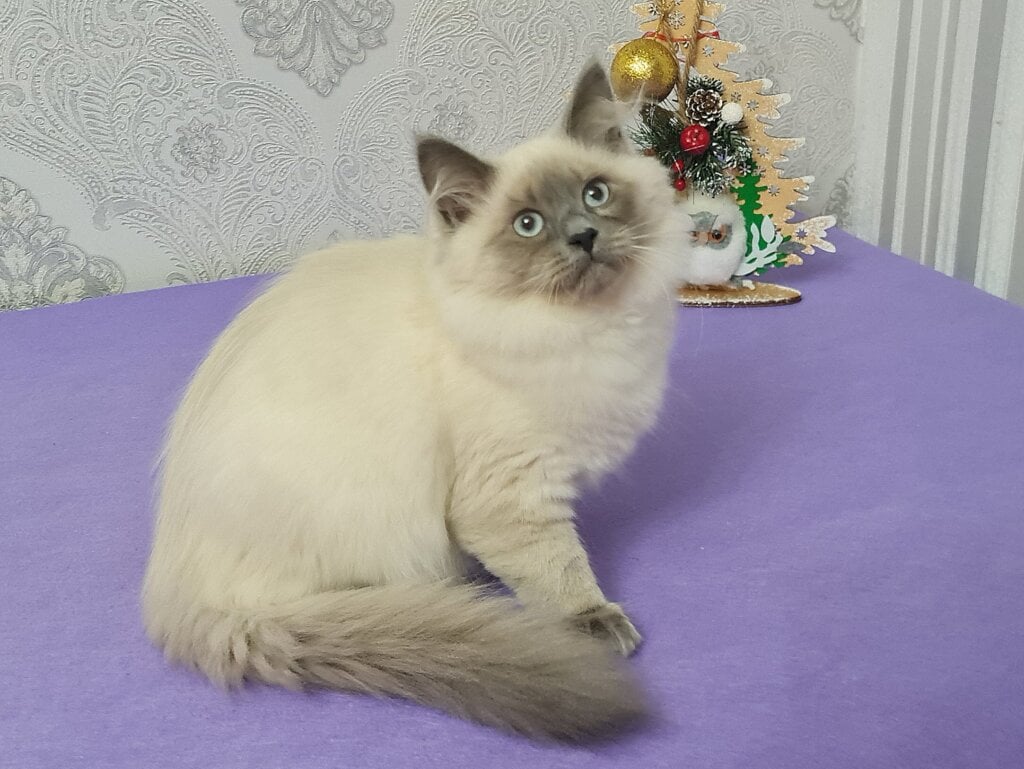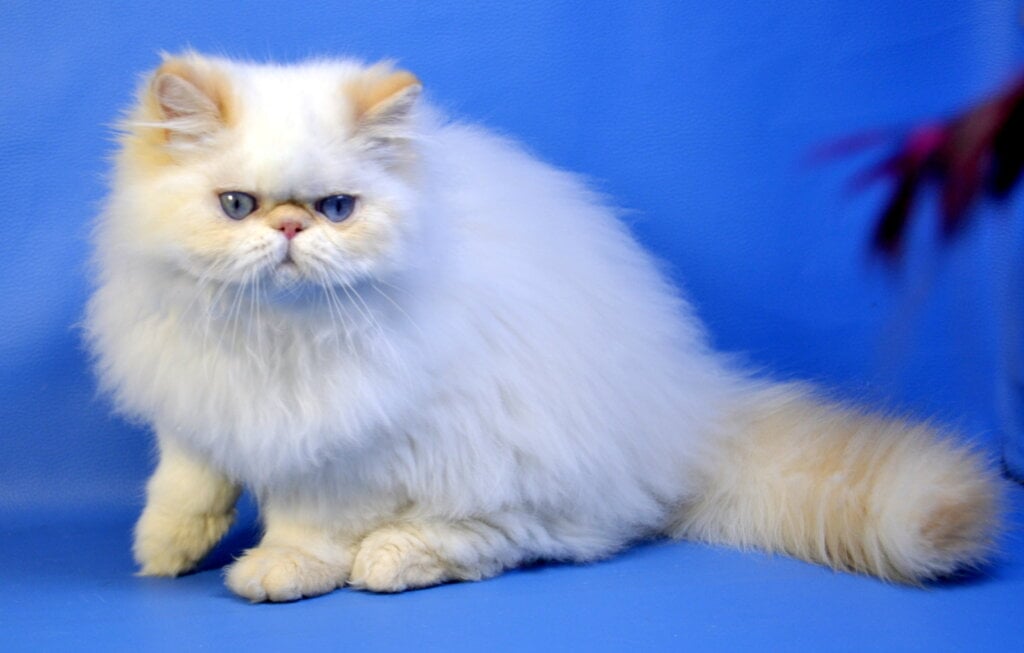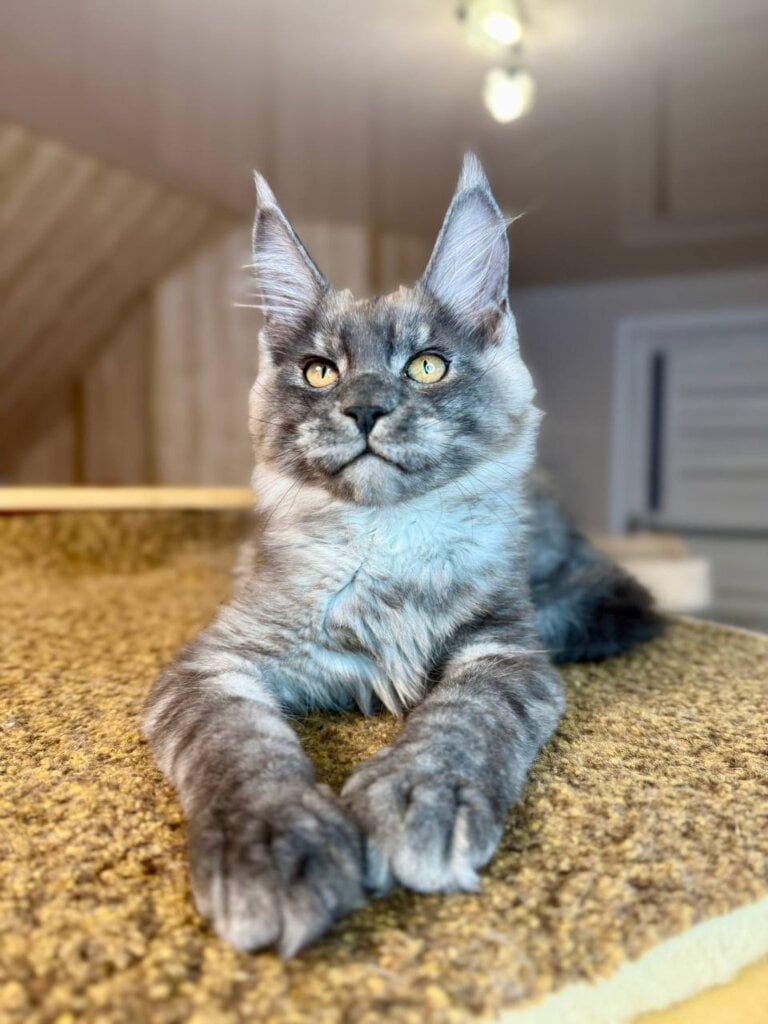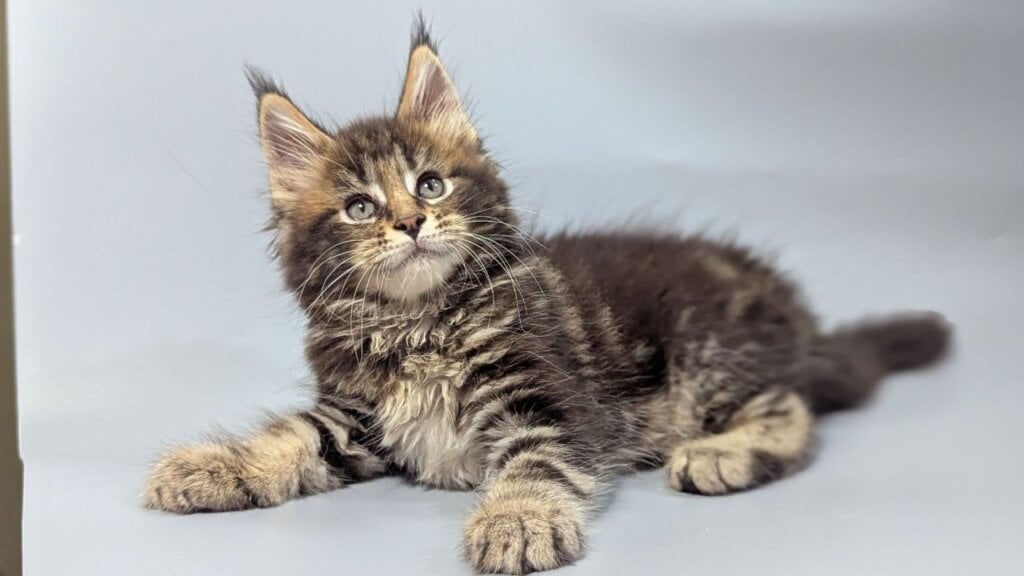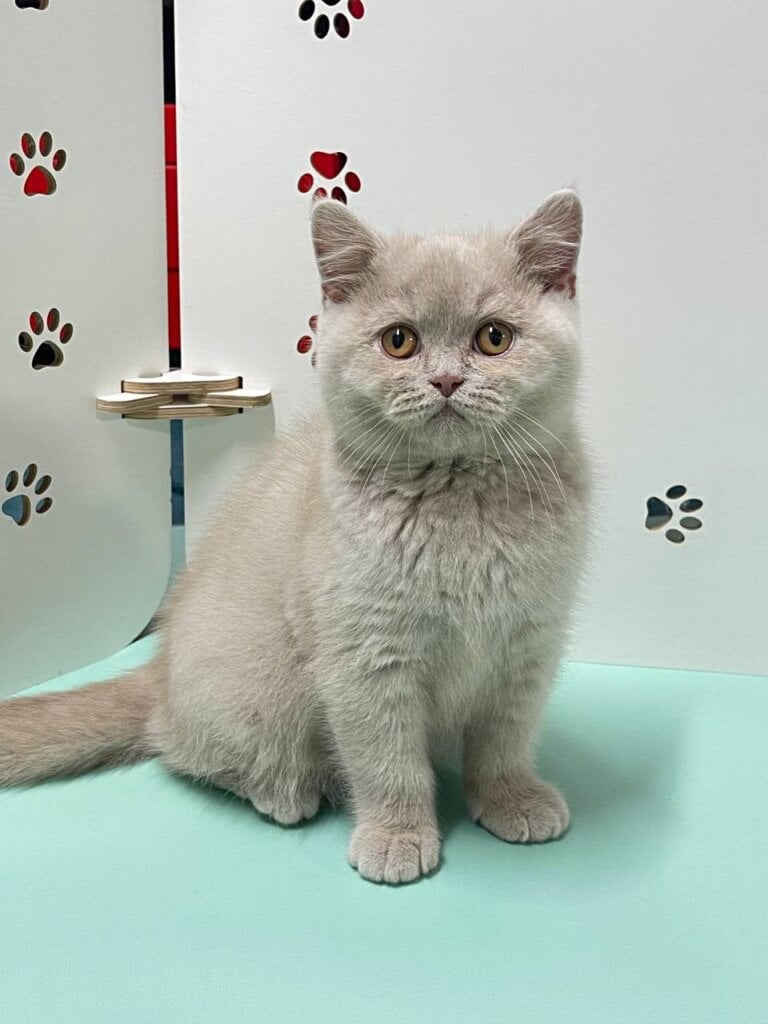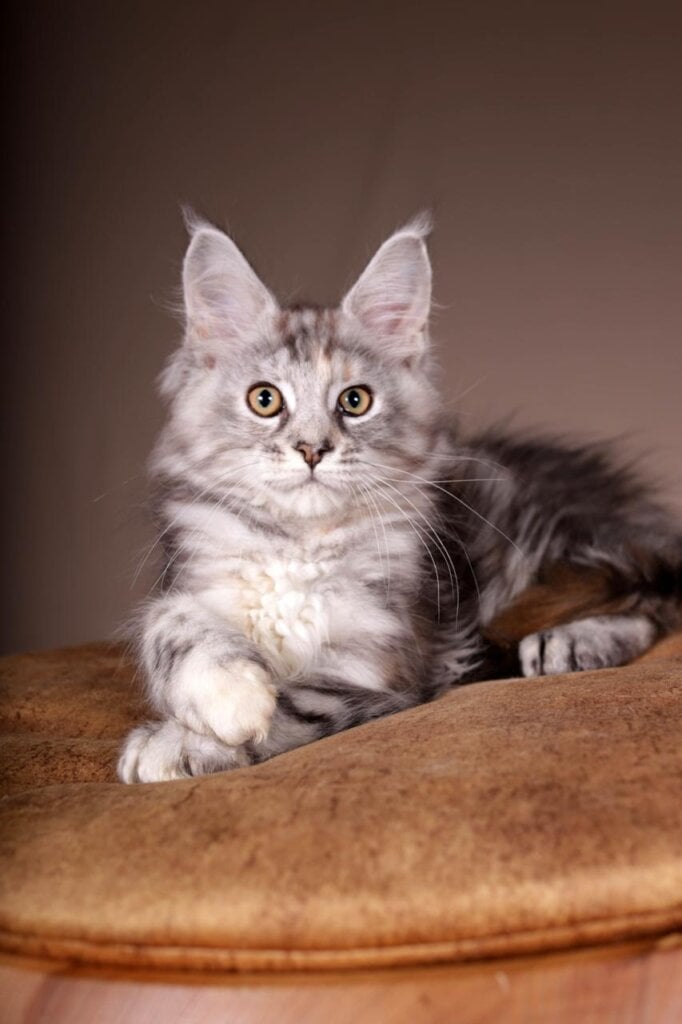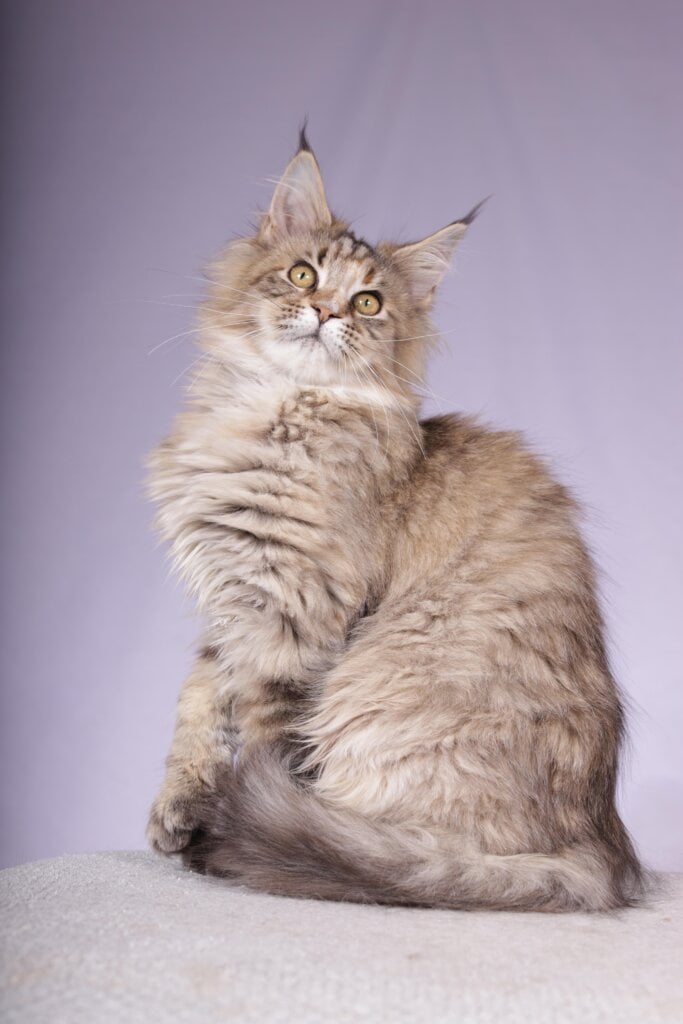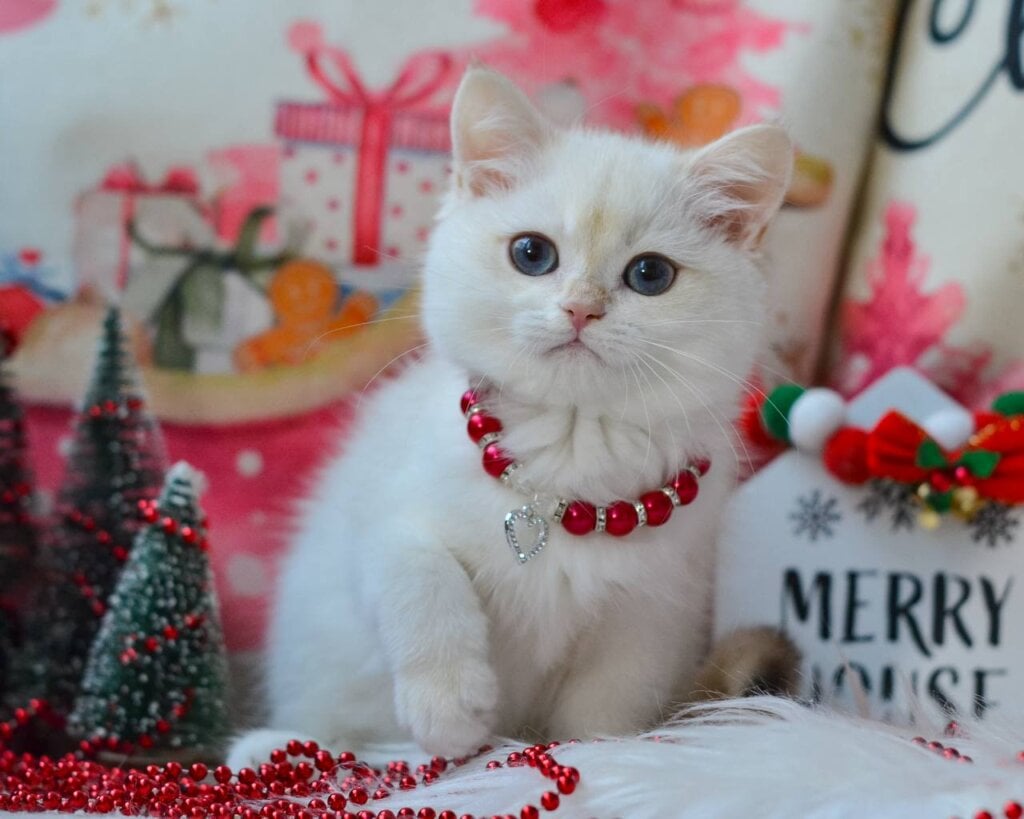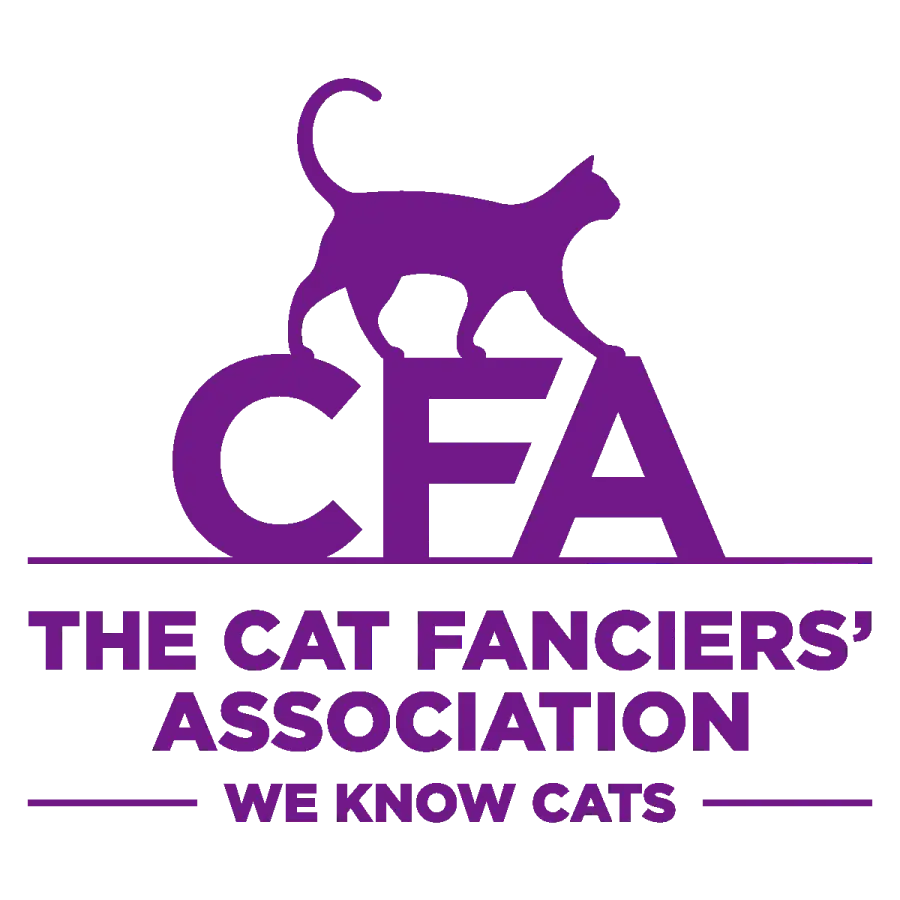What Breed Was Morris the Cat? The Answer Might Surprise You
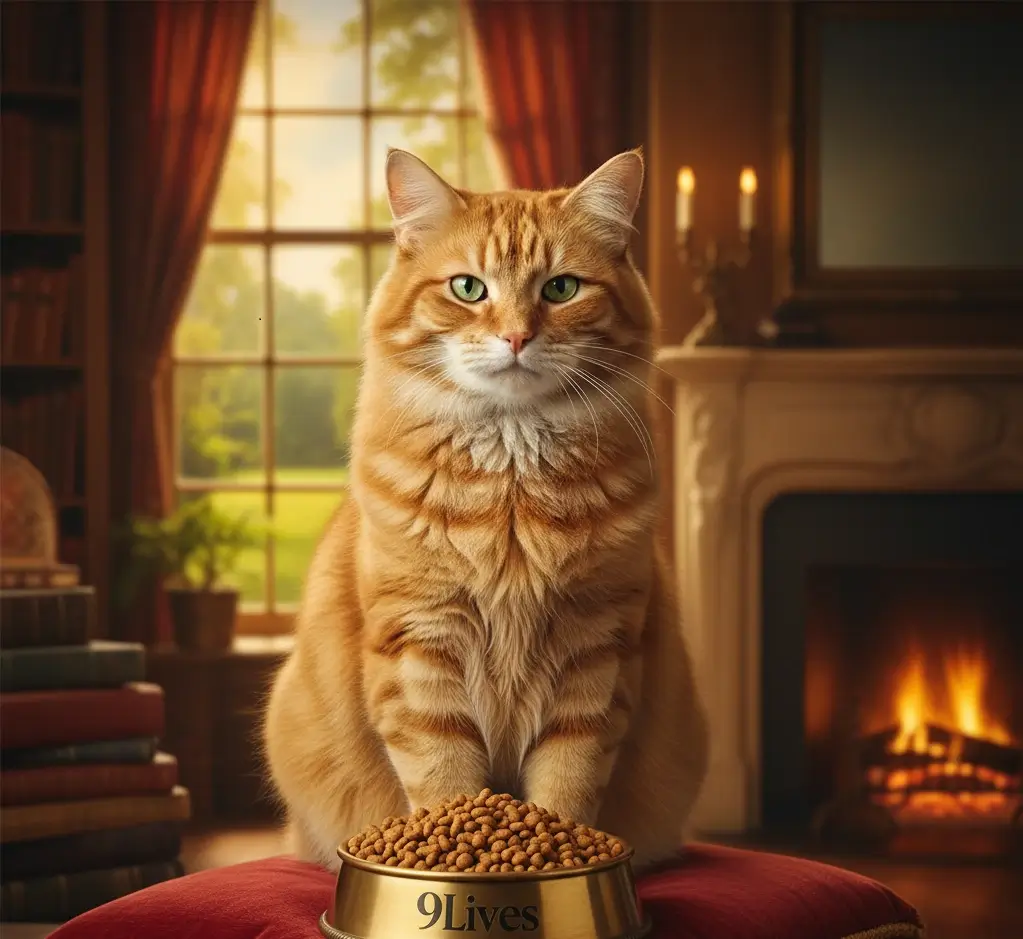
Morris the Cat is an orange tabby cat, famous for being the mascot of 9Lives cat food. No, he’s not a fancy breed, but a domestic shorthair with the quintessential orange tabby coloring. Most folks adore this breed for its amiable disposition and low maintenance. Orange tabby cats appear in countless homes around the globe. If you’re interested in learning more about orange tabbies and their characteristics, read on.
The “Morris Cat Breed” Myth
There’s no such thing as a “Morris cat breed.” It’s not named after a breed of cats with particular characteristics or heritage. It’s named after a celebrity orange tabby. Contrary to popular belief, Morris wasn’t born with a pedigree or connected to a line of purebred cats. His story began in a tiny shelter, transforming the way cat lovers everywhere think about rescue cats. Learning the true story allows us to appreciate the role shelters make and dispel myths about where our furry friends come from.
1. The Rescue
The original Morris was discovered at the Hinsdale Humane Society in Illinois. He was just another orange tabby waiting for a home. A talent scout saw something in him—his relaxed energy and emotive face—attributes several shelter cats possess but lack exposure. While rescue cats are more accepted today, Morris’s journey from local shelter to national television proved every shelter animal has a chance. He was the iconic 9Lives cat food star, proving to millions that shelter cats have just as much appeal as any other. Tales like his have done their part to nudge more people in the direction of adopting, reminding us all that the next star could very well be sitting in a shelter as we speak.
2. The Discovery
Morris wasn’t selected due to an exotic characteristic or expensive lineage. It was his cool disposition, flamboyant orange coat, and laid-back attitude. Handlers observed he was relaxed around cameras and people, which is no small accomplishment for a cat. The casting was fast but thorough, with Leo Burnett seeking a cat that could capture hearts on screen. Their work with Morris became a template for how talent scouts discover animals for commercials today. It’s a reminder to me that the best talent is often the most humble.
3. The Star
Morris’s celebrity skyrocketed with his initial commercial spot in the 1970s. He wasn’t simply a cat; he had a voice — courtesy of John Erwin, who personalized Morris with a witty, picky persona that people adored. The commercials featured Morris sniffing disdainfully at every kind of food but 9Lives and turning Morris into a household name. Highlights include Morris ‘writing’ fan mail and featuring in TV spots that aired for decades. Fans across the globe started to view him not just as a mascot but as a representation of cats with sass and appeal.
4. The Legacy
Morris’s tale laid the foundation for real rescue cats in commercials and motivated other companies to showcase shelter pets. The 9Lives brand remains committed to cat welfare, organizing adoption events and featuring tales of cats getting adopted. Morris’s legend transformed the perception of shelter cats, proving they are just as deserving of affection and celebrity. The fact that any adorable shelter cat could now be a celebrity influences both families and brands to view adoption with greater compassion and acceptance.
What Was Morris Like?
Morris, dubbed the “world’s most finicky cat,” was a loveable orange tabby for the ages. His look, personality, and intelligence set him apart—not just on screen—but as a representation of what the rest of us adore about cats. Orange tabbies like Morris weren’t an exclusive breed by any means. They were a prime example of domestic shorthairs, and their characteristics have endeared them to families everywhere.
Appearance
Morris was an orange tabby, a color and pattern combo that’s immediately identifiable. These fellas are known for their ginger coat in warm orange with the tabby’s trademark stripes, swirls or spots and the iconic ‘M’ on their foreheads. Orange tabbies are typically male, making up 80%, while females account for only 20%. With his coat patterns, from mackerel to classic tabby, they recognize and display their cheeky Morris-type cats.
His round face, twinkling eyes and burly frame gave Morris a boyish, affable appearance. This dashing appearance lures in countless prospective feline parents. For some reason, people are suckers for how a cat looks, and that’s a big part of why orange tabbies go first in shelters. Their bold color and expressive face tend to make them stand out in adoption rooms. Morris’s look was legendary enough that he became a cultural icon, even commemorated at the Museum of Broadcast Communications in Chicago.
Temperament
Morris wasn’t just a pretty face. He was charismatic and friendly. At a casting call, he leapt onto a table and head-bumped the art director, a classic cat sign of love and assurance. His antics prove how cute these kitties can be.
- Outgoing and not shy with new people
- Playful, often seeking out games or attention
- Confident, comfortable in new spaces or situations
- Affectionate, showing love through head bumps and purring
A lot of Morris-types just love to interact and that makes them perfect for families or anyone looking for a pet with a personality. Their mischievousness makes them a delight to have around the house! It’s important for prospective adopters to realize that every cat is an individual. Meeting a cat’s social and emotional needs is as important as loving their look.
Intelligence
Orange tabbies like Morris are usually very fast learners. They catch on to new routines, tricks, or puzzle toys quickly. Morris’s genius manifested in his sharp beside-the-camera “voice” and the playful, distinctive manner in which he interacted with his surroundings.
Smart felines occasionally impress their humans by opening doors, cracking how to achieve treats, or even answering simple commands. This smarts means they require mental exercise — puzzle feeders, interactive toys, or even training sessions. Like all clever cats, Morris bonded with his humans, reacted positively to praise, and adapted to schedules. Morris’s long career and his willingness to try new roles showed how clever and versatile these cats could be.
The Finicky Cat Persona
The finicky cat persona is a combination of charm, wit and judgement inspired by real life feline antics but embellished with creative flair. This archetype, popularized by Morris the Cat, encapsulates the idiosyncratic and picky palates many cat owners identify in their own feline friends. The saying, ‘The cat who doesn’t play finicky soon loses control of his master,’ nails the relationship. These cats have their humans eating out of their paw. Finicky cats are equally elegant and mischievous, a combo that’s impossible to resist and impossible to forget. Their quirks, aloofness and unpredictability make each mundane moment at home a scene brimming with humor and personality. This persona has become a pop-culture touchstone, embodying sophistication, independence and an adorable, if occasionally annoying, sense of self.
- Highlighted Morris’s fussy eating in humorous, relevant ads.
- Employed humor to emphasize product quality, exclusively premium for finicky cats.
- Cast Morris as a household “boss” with discerning taste
- Connected with owners through familiar, real-life cat antics
- Concocted taglines emphasizing the gourmet quality of 9Lives food.
Marketing Genius
9Lives commercials with Morris employed easy-to-remember vignettes depicting the orange tabby cat refusing anything but his preferred cuisine. The ads played up the finicky persona by portraying Morris as both charming and somewhat demanding, reflecting what pet owners experience on a daily basis. The comedy was never contrived. It was more like watching your very own cat behaving badly at suppertime.
Morris was relatable. People saw their own fussy cats in him. Owners adored how the commercials made light of the daily dance between cat and human over mealtime. The commercials made the brand feel accessible and down to earth with real pet life.
Comedy injected itself in a big way. The ads straddled clever copy and actual cat oddities, never mocking cats but championing their distinctiveness. This made people laugh and trust the brand more.
The smart combination of humor and authenticity fostered great brand loyalty. They remembered Morris, passed the ads along, and stayed with 9Lives because they were heard.
Cultural Impact
Morris’s face popped up everywhere, from TV to books, making the finicky cat persona a global touchstone for kitty enthusiasts. He established the precedent for orange tabbies to be perceived as smart, fussy, and adorable.
Everyone started to consider orange tabby cats as something special and would attribute their own cats’ quirks to Morris’s legendary finickiness. He made shelter cats more prominent because Morris was a rescue cat himself. This made more people consider adopting pets.
The character didn’t simply sell food. Morris had become an icon for what was special about cats. His media stories proved that to have a “finicky” cat was to have a cat with style and heart.
Lasting Impression
Decades later, Morris remains one of the most iconic advertising mascots. His success established the precedent for animal spokes characters to come and proved that personality and comedy trump slick stunts.
Brands now employ the finicky cat concept, but Morris is still the benchmark. Even today, his visage evokes confidence and comfort in the pet food realm.
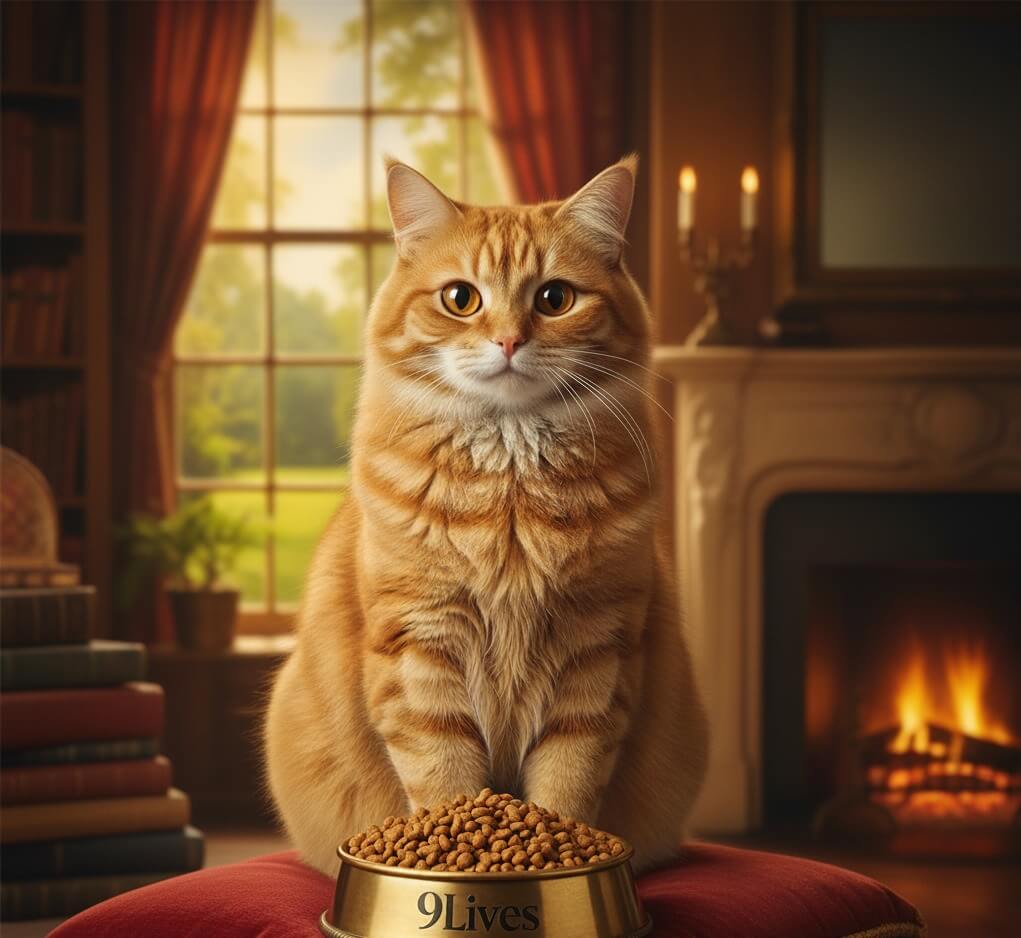
Finding Your Own Morris
A lot of us recall Morris the Cat from our youth, with the iconic commercials and sardonic narrations. Morris, an orange tabby, was a cultural icon of the 70s and 80s, featuring on merchandise and once even running a faux presidential campaign. Through the years, a few cats portrayed the part, each embodying that same charm and spunk that made Morris so irresistible. Today, the concept of locating your own “Morris” for your own abode rings true, especially for those who respect his passion for cat adoption and nostalgia.
Orange Tabbies
Orange tabbies have long been admired for their bright coats, lively personalities and trademark “M” on their forehead. These cats are distinguished by their radiant color and plaintive countenances. They’re super friendly and love being around people, which makes them excellent family pets.
They’ve only become more popular in part because of cats like Morris. Fans swear orange tabbies are friendly and laid back. They usually get along with other animals and kids.
Morris’s looks weren’t unique. There are orange tabbies with equally perfect stripes and build in shelters and homes everywhere. They all have something in common: their curiosity and playfulness.
Welcoming an orange tabby was like injecting a dose of sunshine into your existence. Some owners say their tabby is the soul of their household, ever prepared to welcome them or warm a lap for a snooze.
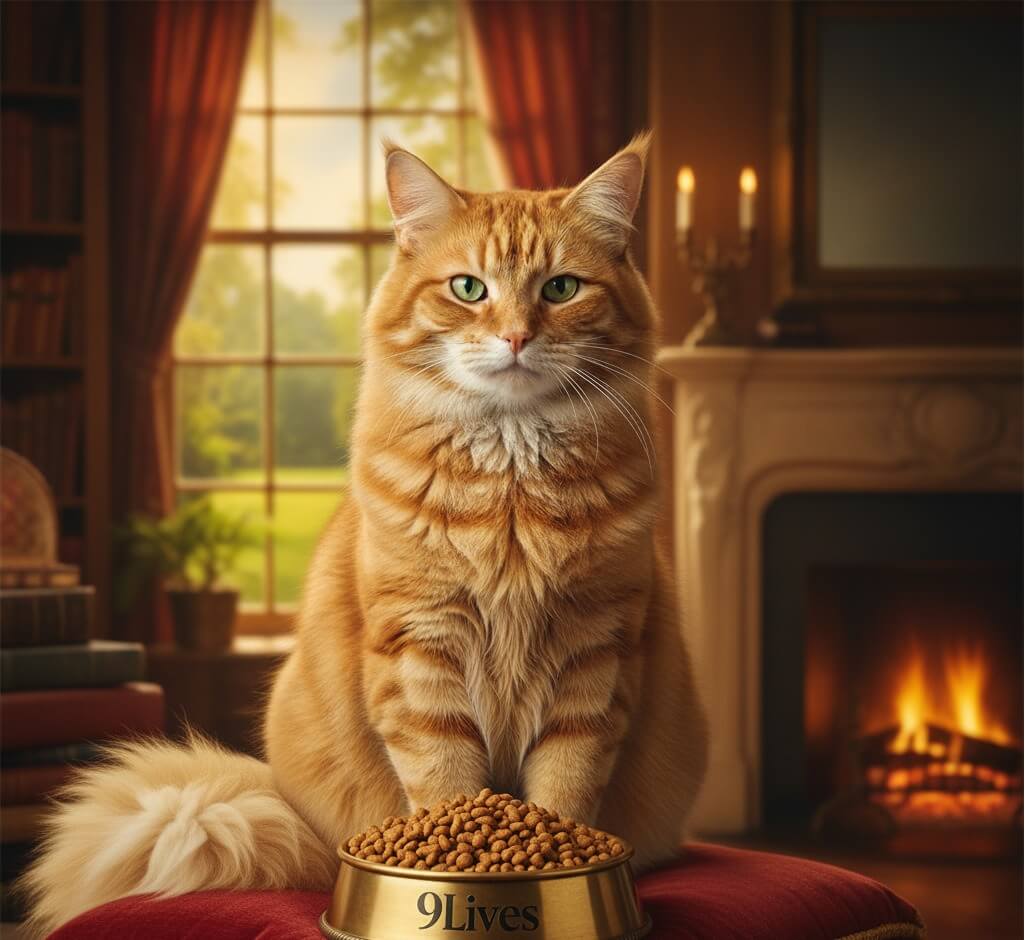
Domestic Shorthairs
Domestic shorthairs constitute a huge portion of the shelter population. They get overlooked because people tend to want purebreds or more “exotic” cats. These guys are some of the most flexible and tough pets you’ll ever discover.
If you take home a domestic shorthair, you get a healthier animal with fewer genetic problems. They’re all coat patterns and colors, from stripes to solids to odd patches. Each one has its own tale and disposition.
Most domestic shorthairs are a cinch. They can be playful or calm, shy or bold. There’s a fit for every home. A lot of owners end up finding these cats really attached.
Without a pedigree, domestic shorthairs can be as charming and lovable as purebreds. They are just as faithful, tender, and special.
Shelter Heroes
Checklist for Adopting Shelter Cats:
- Visit local shelters and meet cats in person
- Ask staff about the cat’s personality and needs
- Consider older cats who are often overlooked
- Ask about medical care and history
- Take time to match energy level to your lifestyle
Backing rescues saves lives and gives cats a new lease on life! When you adopt, you become part of a world that appreciates compassion.
Several families have recounted stories of barn cats turned house cats that became forever loved. Others will tell you that their rescue cat transformed their existence. These little furballs are usually comforting, joy-inducing, and bonding.
Communities are more powerful when they foster adoption. It encourages others, solves the random cat population issue, and builds community.
Caring for a Morris-Type Cat
Morris-type cats, named after the legendary orange tabby spokesperson, are domestic short-haired cats beloved for their charismatic dispositions and timeless orange tabby fur. They’re hardy, clever and sociable by nature, yet their well-being and joy is a function of mindful care at home. Consider the essentials below:
- Feed a balanced, portion-controlled diet to prevent obesity.
- Brush once a week to avoid matting, particularly in thick-coated tabbies.
- Assuming you take your Morris-type cat to annual vet visits for vaccinations and preventative care.
- Provide toys and climbing posts for mental and physical exercise.
- Provide regular playtime and social interaction.
- Monitor for changes in appetite, weight, or behavior.
Diet
| Nutrient | Recommended Daily Amount | Best Sources |
|---|---|---|
| Protein | 30-40% | Chicken, fish, turkey |
| Fat | 15-20% | Fish oil, animal fat |
| Carbohydrate | <10% | Rice, sweet potato (limited) |
| Fiber | 2-4% | Beet pulp, pumpkin |
| Water | 50-70 ml/kg body weight | Fresh, clean water |
Some great cat food, like 9Lives, makes sure your cat gets the protein and nutrients they deserve. Morris-type cats are food lovers, so portion control and sparing treats are a must. Morris-type cats can become overweight at a rapid pace, particularly if they are couch potatoes, so frequent exercise and meal discipline are essential. A good diet not only maintains a healthy weight but stabilizes energy levels, hones their intellect, and gives their coat a beautiful sheen.
Grooming
Brushing once or twice a week is sufficient for Morris-type domestic short-haired cats. Orange tabbies can have a thicker coat that knots up.
Care for your Morris-Type Cat:
- Use a soft-bristle brush.
- Look for knots behind ears and under legs.
- Watch for them to scratch. Provide scratching posts to save your furniture.
Dental care is just as important as coat care. Brush their teeth with cat toothpaste a couple of times a week to help avoid dental disease. Routine grooming is a wonderful bonding experience. Cats just like to be cared for, and this bonding time can really help them chill out and develop a deeper trust in you.
To keep grooming enjoyable, begin when your cat is young, offer treats and keep sessions brief. If your cat starts to get fidgety, give it a break and try again later.
Health
| Issue | Vaccine/Prevention | Frequency |
|---|---|---|
| Feline distemper | Core vaccine | Every 1-3 years |
| Rabies | Core vaccine | Every 1-3 years |
| Obesity | Diet, exercise | Ongoing |
| Dental disease | Tooth brushing | Weekly |
| Fleas and ticks | Preventive meds | Monthly |
Vaccinations are important for all cats, even the Morris-types, to guard against ailments such as distemper and rabies. Don’t forget preventive care, including deworming and flea control. Regular vet check-ups can catch problems in their early stages, from dental issues to weight gain, which helps Morris-Type cats live longer, healthier lives. Exercise your Morris-Type cat daily with active play, provide climbing opportunities, and make your home an enriching environment to promote physical and mental wellbeing.
Beyond the Commercials
Morris the Cat represents more than just a pretty face in commercials. Since the 1970s, Morris’s orange tabby charisma has influenced the way we view cats, not just as pets but as members of the family. Most of us 80’s kids remember Morris not as a spokes-mascot but as a childhood hero, a beacon of charm and sophistication in households everywhere. It wasn’t merely a gag that the cat had a mock presidential run in 1988; he actually got votes, demonstrating how deeply he resonated. This sort of celebrity, virtually unheard of with animal stars, turned Morris into a cultural icon whose impact remains obvious even now.
Morris’s influence extends beyond television and print advertisements. He’s leveraged his fame to advance actual change. Over the years, Morris has been involved in a number of charity campaigns, emphasizing cat welfare and adoption. He spearheaded initiatives that assisted in raising funds for shelters and promoted adopting as the first option for families. These campaigns didn’t simply raise funds; they sparked discussions surrounding the plight of stray and shelter cats and put responsible adoption on the dinner table. The message was simple but powerful: cats like Morris deserve safe, loving homes. This legacy lives on, with the present-day Morris active in L.A., still helping to illuminate the plight of cats worldwide.
Responsible pet ownership is another zone where Morris has left his imprint. Through three books, Morris has dispensed tales and tips that assist both novice and veteran cat owners alike. The books combine humor with actionable advice, simplifying the concept of cat care to be less intimidating and more gratifying. Morris’s mug is frequently employed to emphasize routine vet visits, balanced meals and the nuances of feline behavior. Each Morris, the three of them since day one, has proven that being a pet parent is more than just ‘cat ownership’; it’s forming a connection and assuming responsibility for another being.
Even now, Morris’s imprint on cat culture remains powerful. His legacy lives on in memes, art, and social media, where his official accounts update, photos, and advise fans around the globe. These platforms are getting Morris into new homes and into younger ears. Morris’ story—himself once a shelter cat—reminds us all that cats can astonish us, motivate us, and transform how we view what it means to care for animals.
